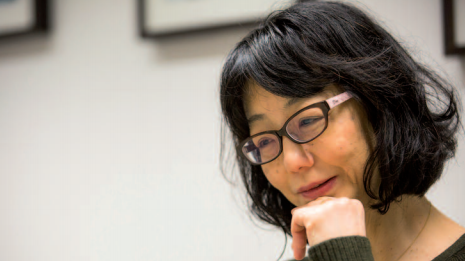
No51 [THE FUTURE] The one who observes change
The novelist never misses an opportunity to question the way Japan is evolving. In her work, Kawakami Hiromi looks at what awaits humankind, for […]

The novelist never misses an opportunity to question the way Japan is evolving. In her work, Kawakami Hiromi looks at what awaits humankind, for […]
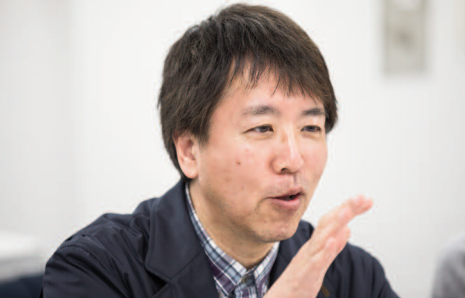
Quitting his job as a journalist has given a new impetus to his career as a novelist. Shiraishi Kazufumi casts a critical eye over […]
![No51 [MEMORY] A writer who cannot forget](https://www.zoomjapan.info/wp/wp-content/uploads/focus02.png)
The tragic events of 11 March 2011 rekindled the author’s links to the region of his birth. Furukawa Hideo talks about his roots, nuclear […]
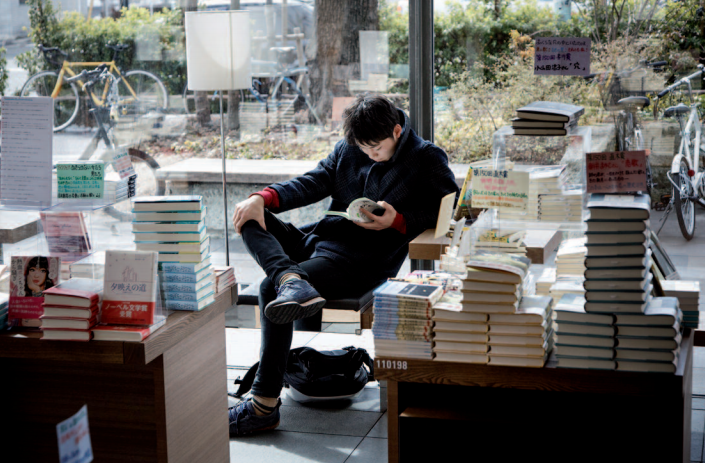
A good novel is sometimes better than reading fifteen essays to get the measure of Japanese society. Literature is a great way to immerse […]
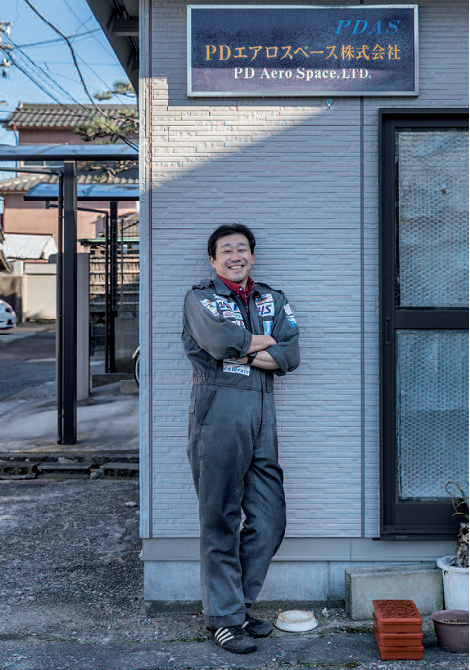
Based in the suburbs of Nagoya, Ogawa Shuji dreams of making space travel available to all. In Arimatsu, a district full of history in the […]
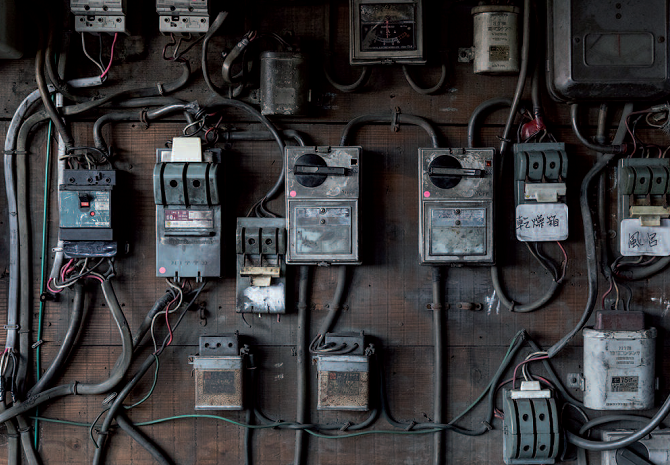
For a long time they were held in low esteem, but now small local factories are gradually finding favour with the Japanese again. Despite the […]
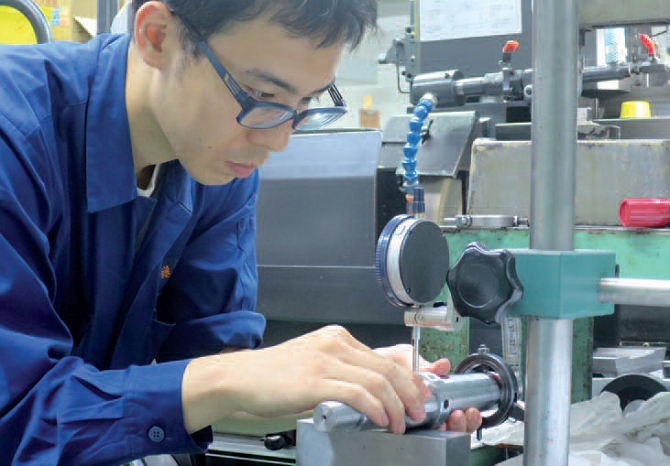
To save themselves from having to close down, several businesses have got together to build a bobsleigh. Tourist brochures often use the word shitamachi (literally […]
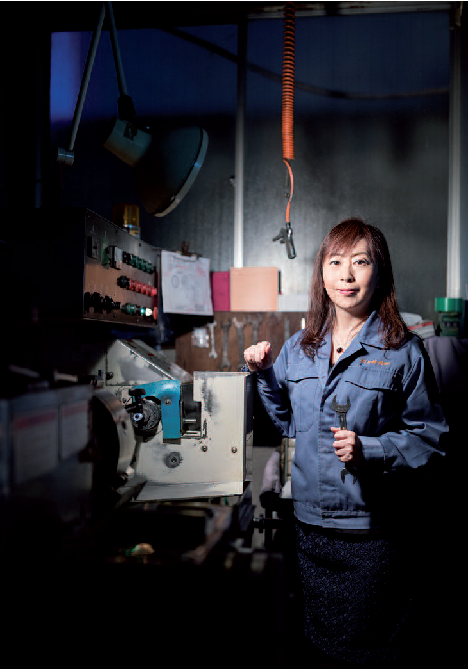
Suwa Takako’s success in a very masculine milieu has set a benchmark for women throughout Japan. For Suwa Takako, the decision to take her father’s […]
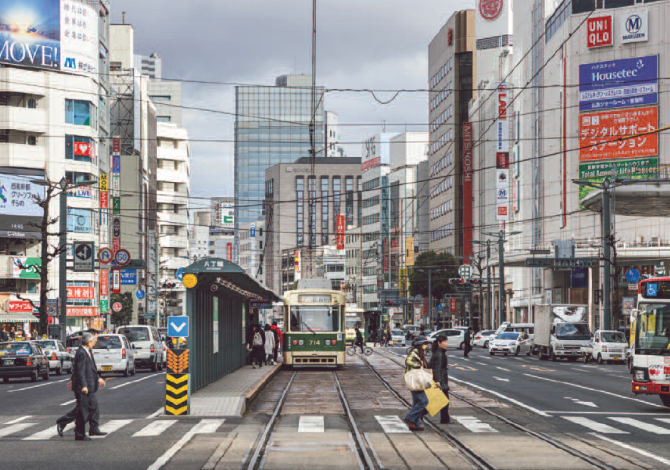
The Hiroshima region has made a successful comeback thanks to its many assets and a strong urge to promote the passion for life here. Japan […]
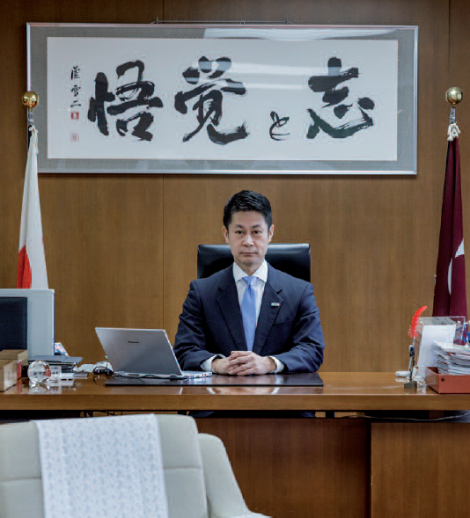
Elected governor of Hirsohima Prefecture in 2009, Yuzaki Hidehiko has succeeded in setting up his agenda for change. The governor of Hiroshima Prefecture does not […]
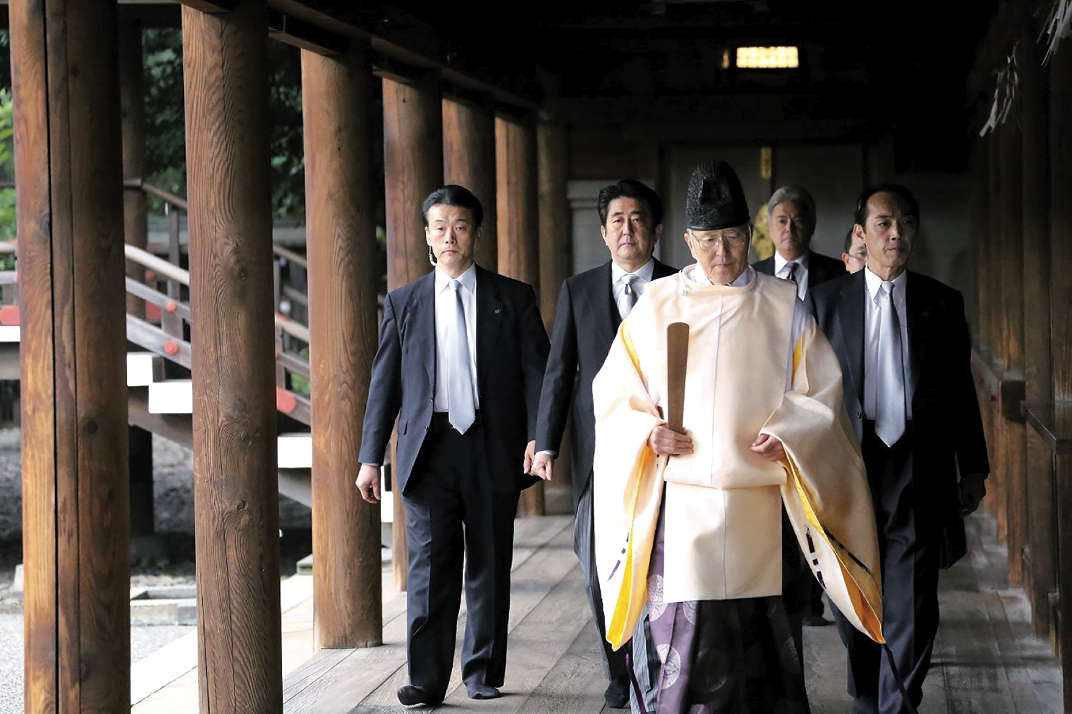
Founded 20 years ago, Nippon Kaigi has become the most influential conservative movement in the country. According to its website, Nippon Kaigi is just “a […]
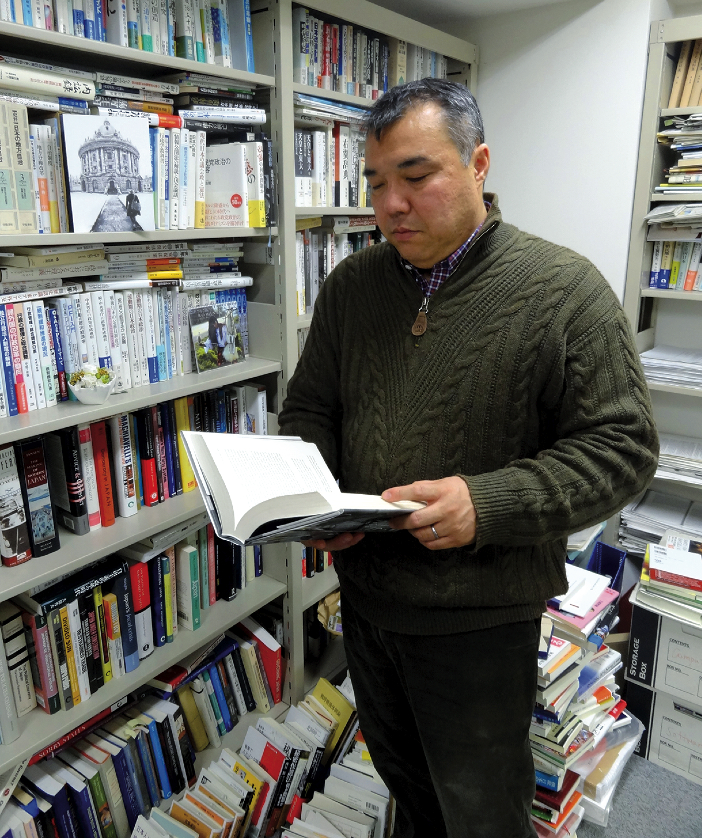
The success of Nippon Kaigi is down to its ability to reach the greatest number of people, says a worried Nakano Koichi. Zoom Japan talked […]
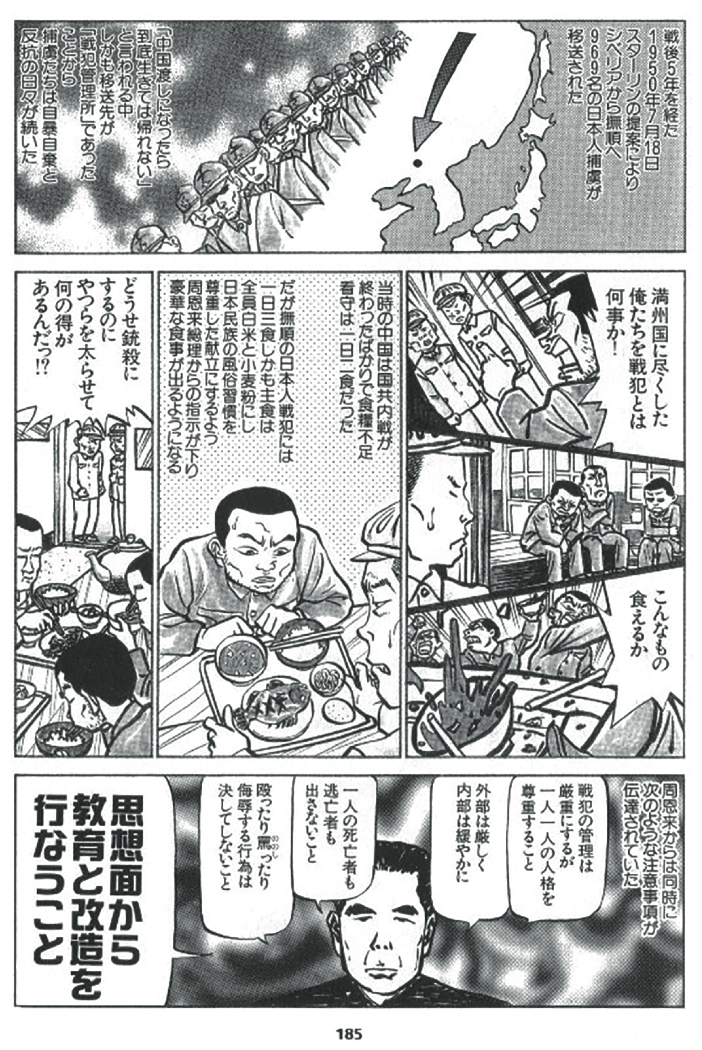
Nippon Kaigi has benefitted from the support of the celebrated mangaka Kobayashi Yoshinori to promote its ideas. During its wide-ranging attempts at changing people’s attitudes […]
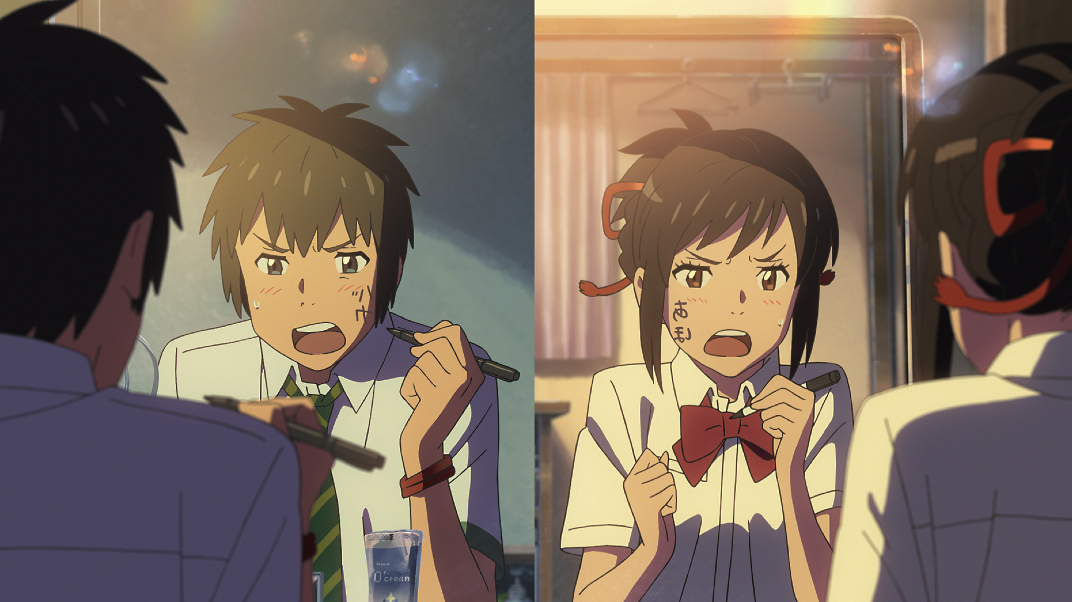
This November, British audiences were able to discover “Your Name”, the film phenomenon by Shinkai Makoto. For weeks, no-one has spoken of anything else. Shinkai […]
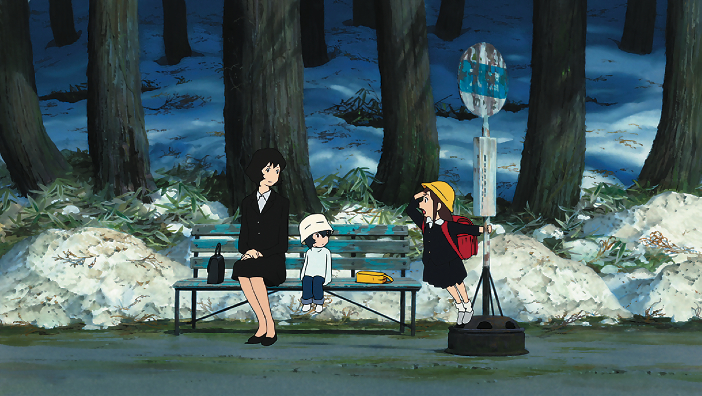
To make good films, one needs a strong team to rely on. So says a master director. In the last few years Hosoda Mamoru has […]
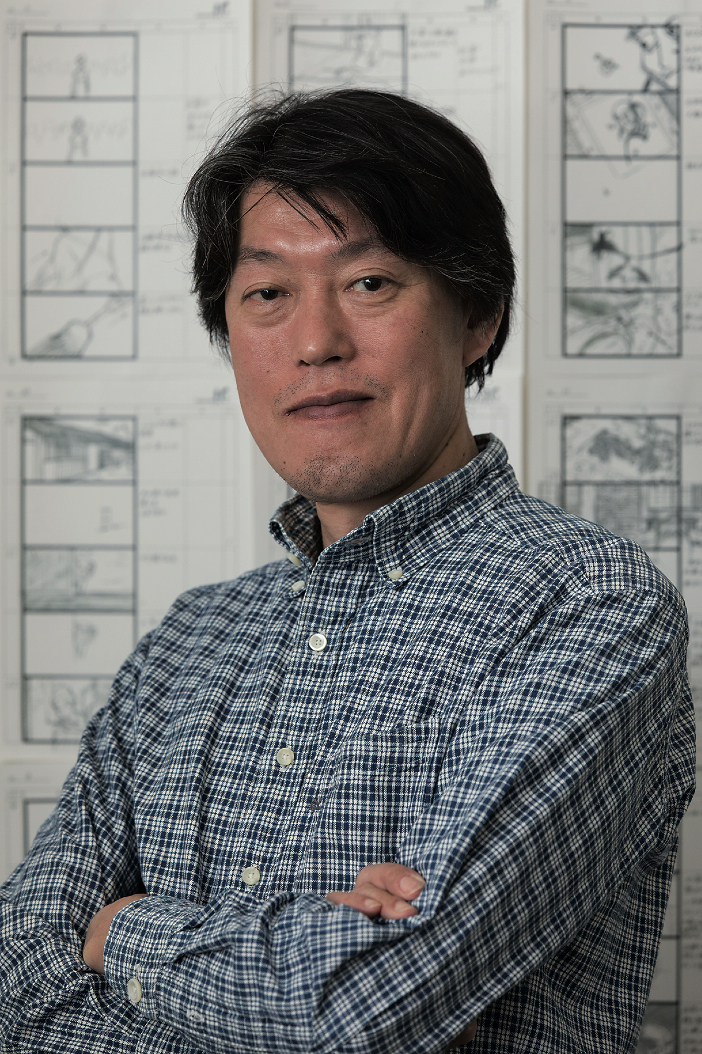
The director of Miss Hokusai and Colorful takes a critical look at the changes in the animation industry. On a cold and cloudy October afternoon […]
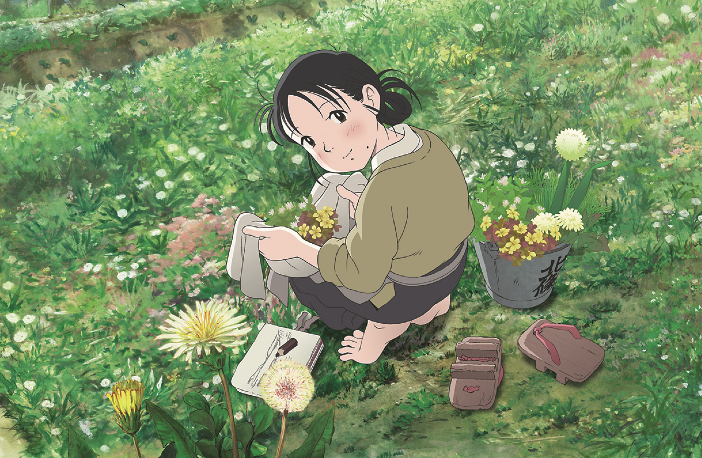
In order to realize new projects, producers now need to be financially creative as well. There are times when the best ideas remain unrealized due […]

Anime production is not easy. Yamamoto Koji talks about some of the difficulties faced in the making Genocidal Organ. It’s tough being an animator. Although […]
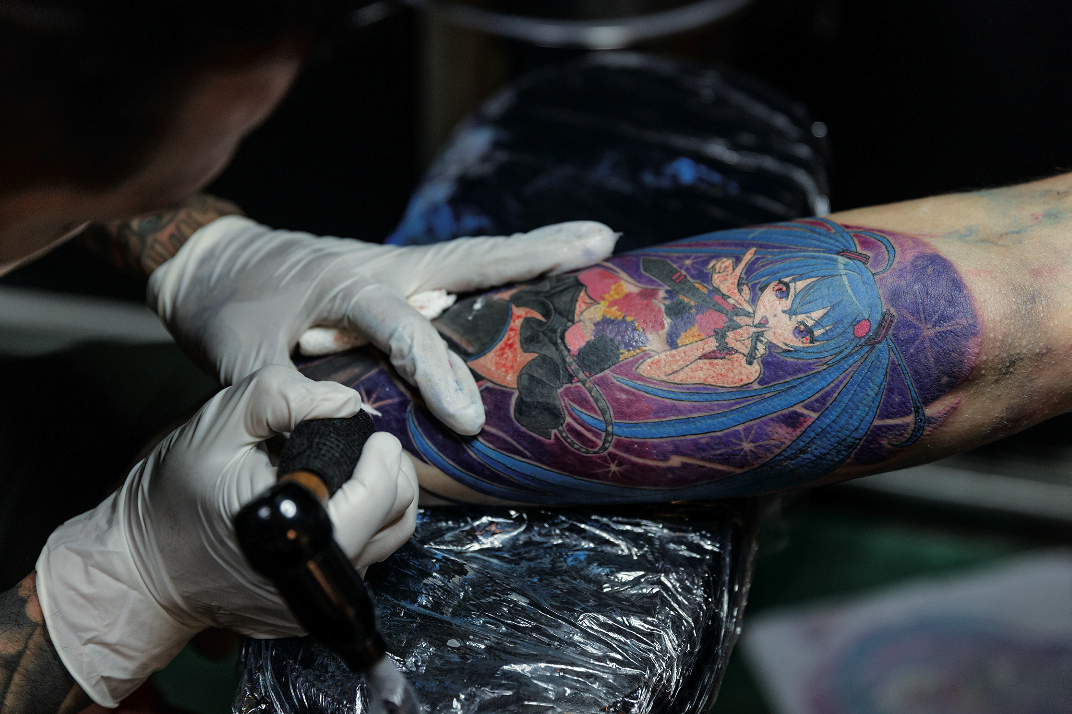
Though it is more accepted abroad, the practice of tattooing is still challenged by the Japanese authorities. They’re all around us. They live in our […]
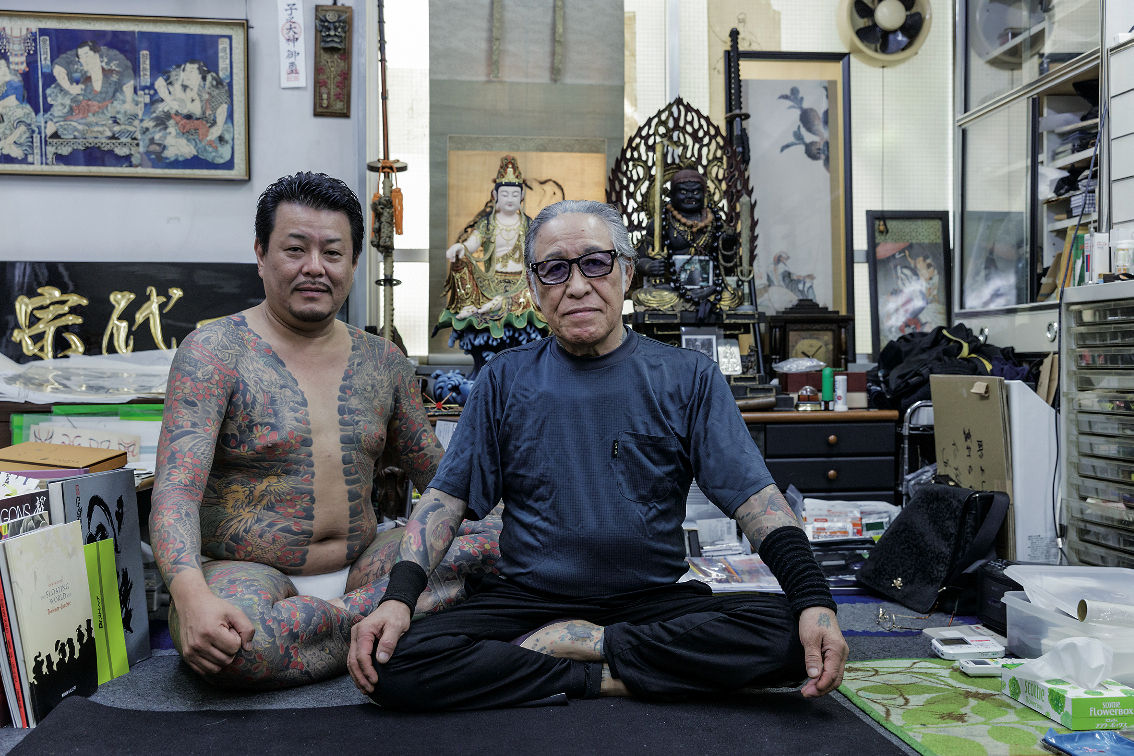
The last grand master of traditional tattooing, Horiyoshi III recalls his long life in the profession. It is 9 a.m., and Hanasakicho is still asleep. […]
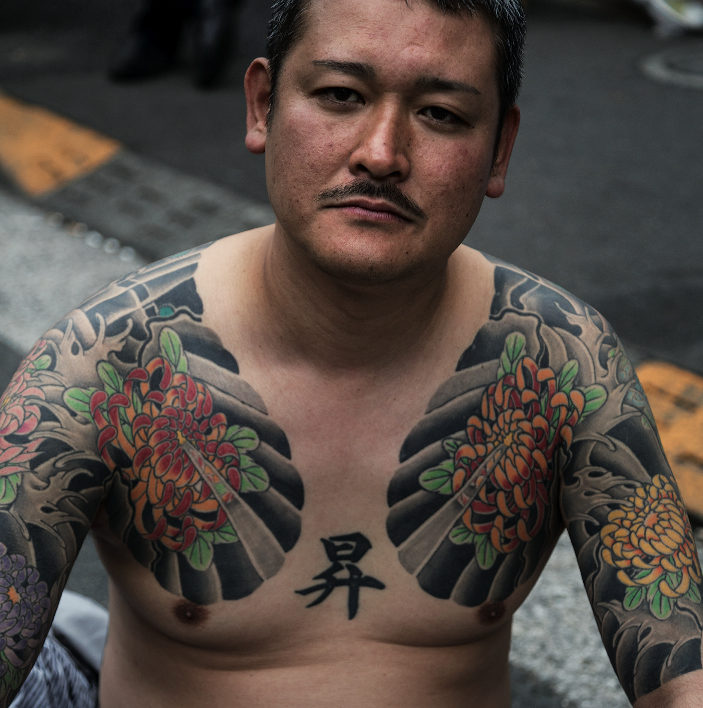
After almost falling into oblivion tattooing has regained recognition across Japan, but tastes have changed. Perception of tattoos in Japan is paradoxical. The archipelago has […]
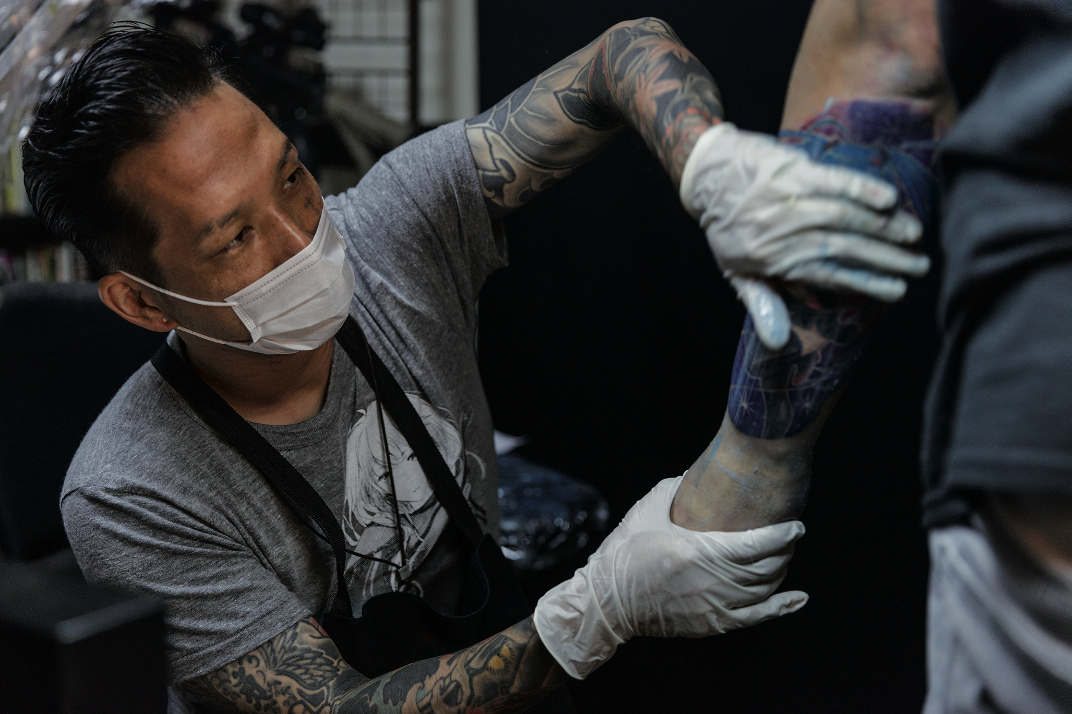
Aki Bonten is certain that otaku culture will help irezumi emerge from the shadows. The future of Japanese tattooing is hidden behind an unmarked apartment […]
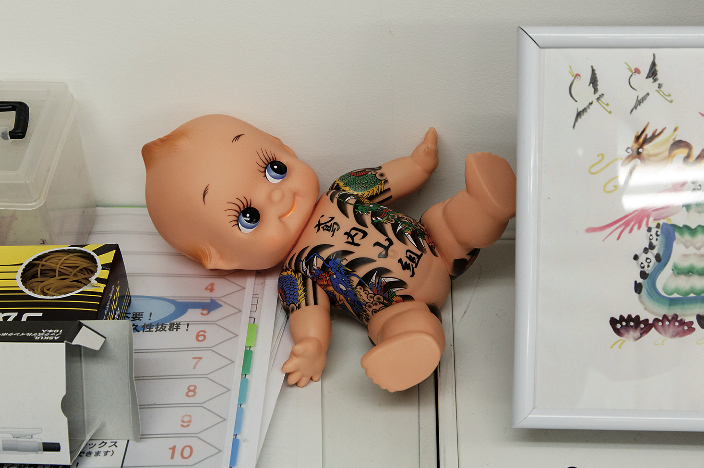
Always at the top, Tuttle publishing has recently brought out an excellent book about irezumi. Since Donald Richie’s 1980 book first piqued western readers’ interest […]

Once everyone dreamed about cars, then they lost some of their appeal. Now they’re back in style. In the first manga magazines in the 1950s […]
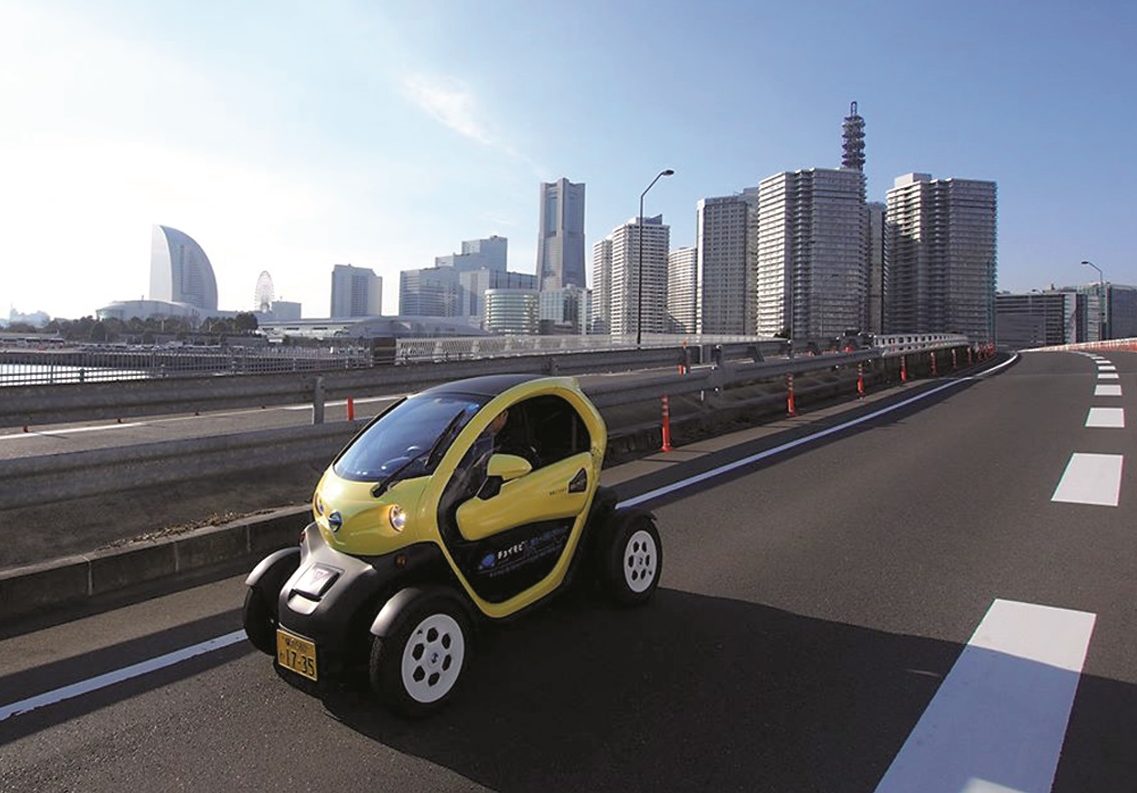
In a few years time, roads will be filled with cars that are intelligent, interconnected, and safer. In the last couple of years Automated Driving […]
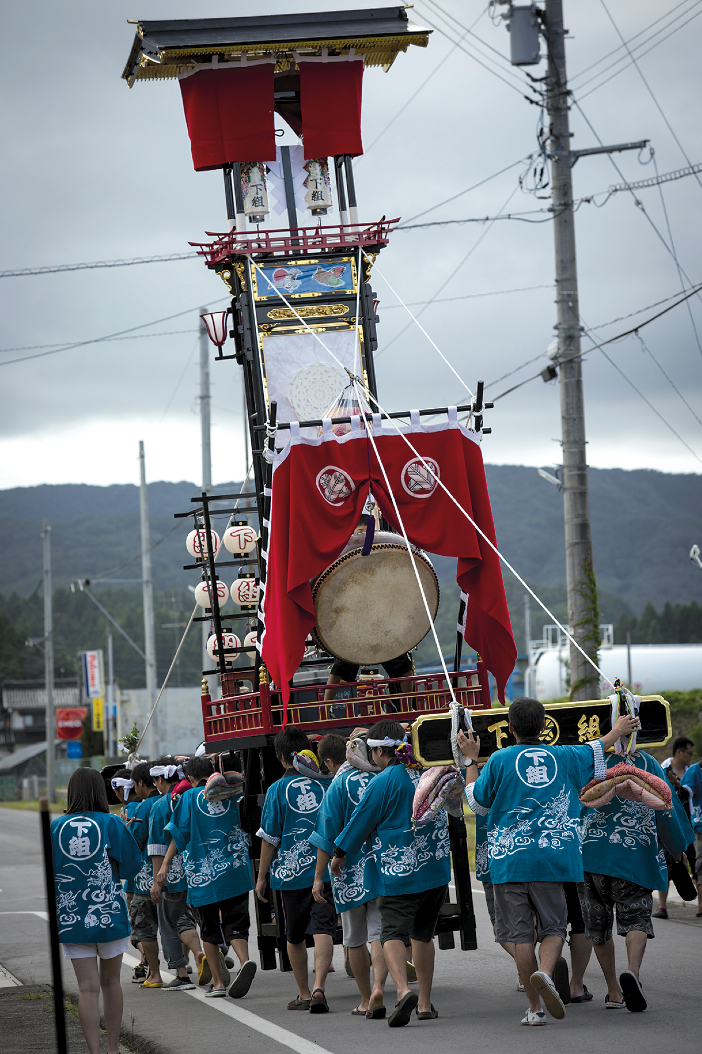
With its ageing population and its lack of public transport, this small city has plans for the future. At the closing ceremony of the 2016 […]

The company has made innovation its number one priority in anticipation of its future clients’ expectations. one of Japan’s foremost car manufacturers, Nissan is working […]
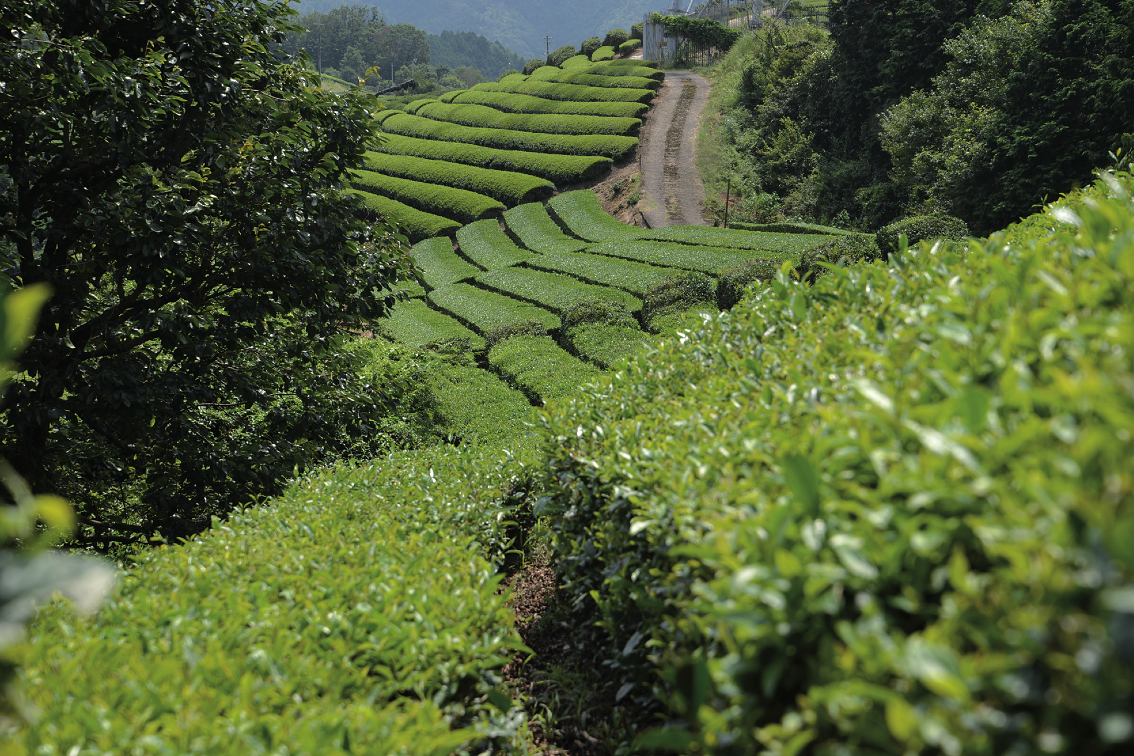
The Japanese really know how to enjoy tea, and cultivation knowledge gained gradually over time has become a true art form. How do you make […]
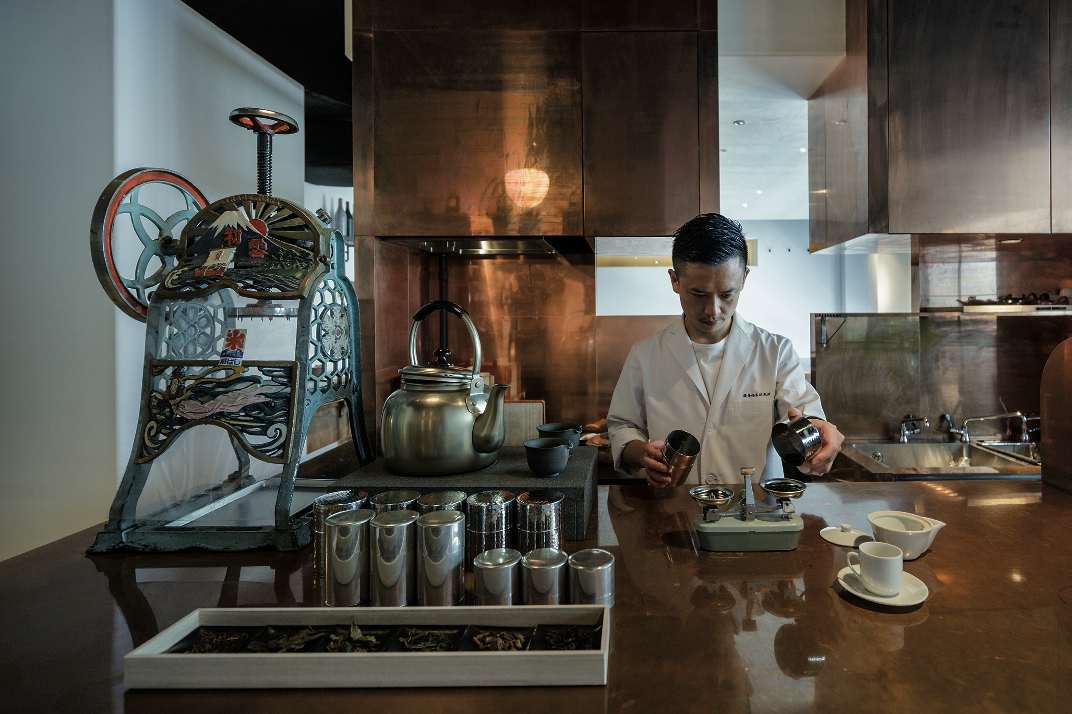
Sakurai Shinya, a lover of green tea, encourages his clients to rediscover the traditions surrounding this beverage. I t’s hard to be a traditional cultural […]
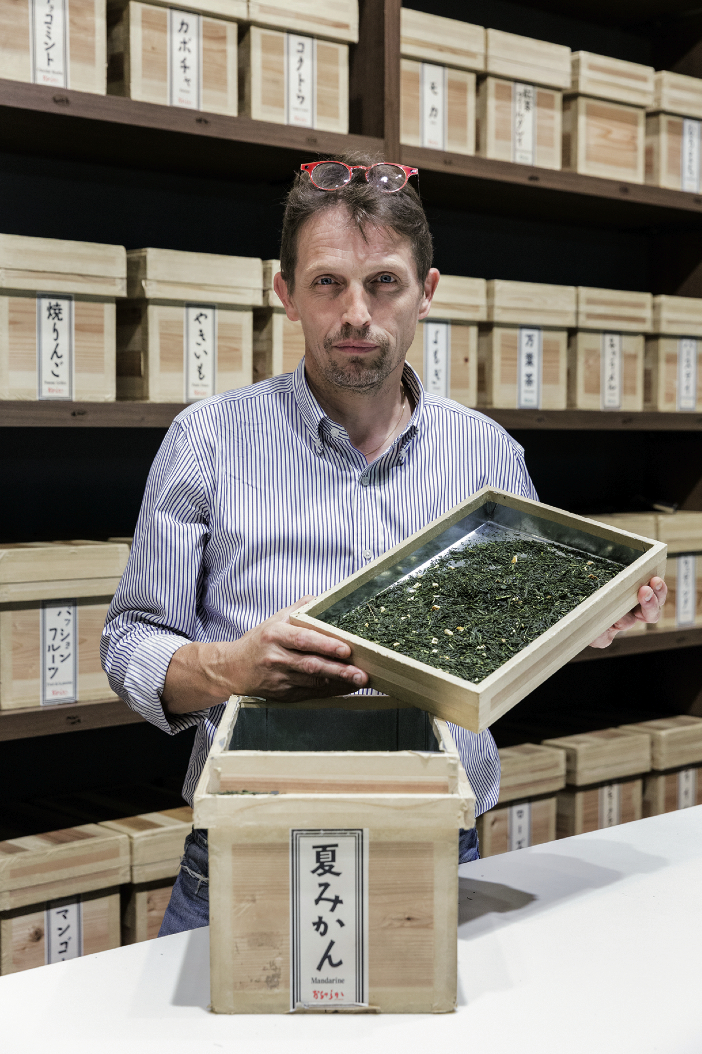
Eleven years ago, Stéphane Danton went into business selling tea. It turned out to be a great adventure. Long-time readers of Zoom Japan already know […]
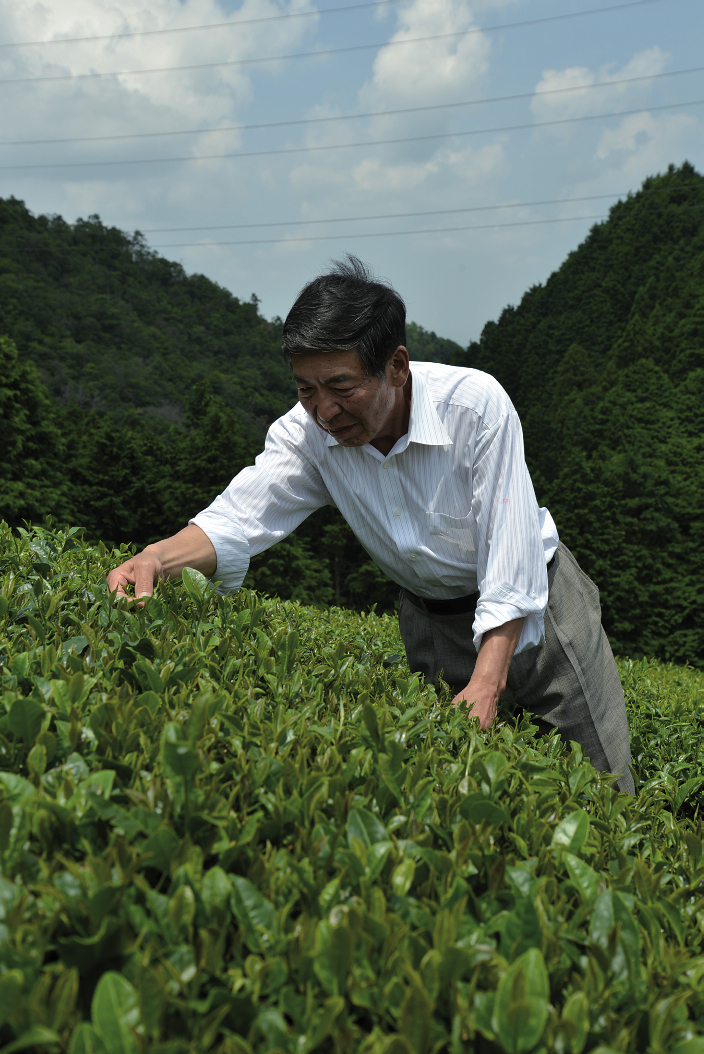
Choosing to go into organic farming was a game-changer for this farmer from Ujitawara. Under the blazing August sun, the deep green of the tea […]
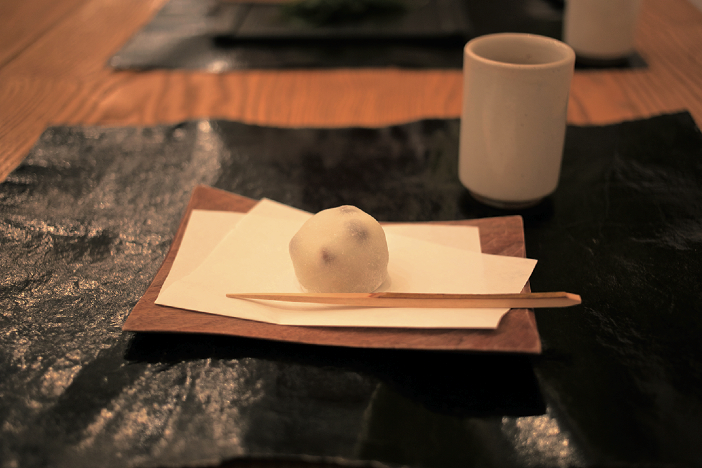
There’s nothing like Japanese confectionary to accompany a cup of tea. Don’t miss out on a visit to Higashiya. Talk about Japanese green tea and […]
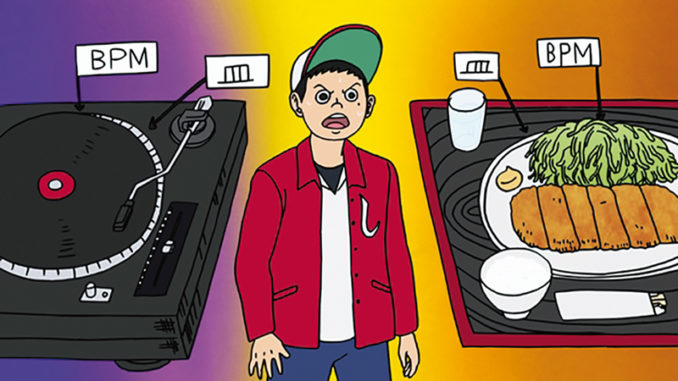
Dance music and tonkatsu: an original combination which many manga and anime fans are going mad about. Young Katsumata Agetaro is the thirdgeneration heir-apparent of […]
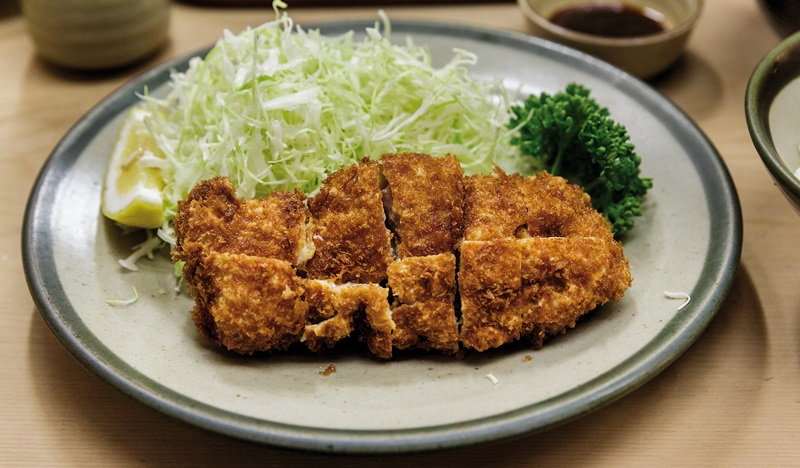
Nowadays considered to be one of the country’s favourite dishes, a look at the history of tonkatsu reveals that it wasn’t always so. About 130 […]

The next time you travel to the Japanese capital, think about visiting one of these top tonkatsu restaurants. Ask any ten people what their favourite […]
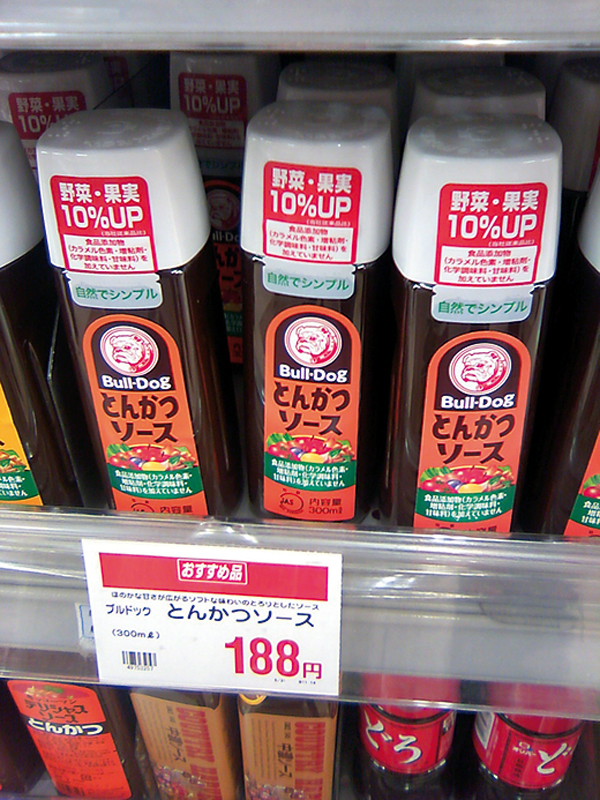
One would never think of enjoying tonkatasu on its own. To enjoy the dish at its best, you need a good sauce. Fans of tonkatsu […]
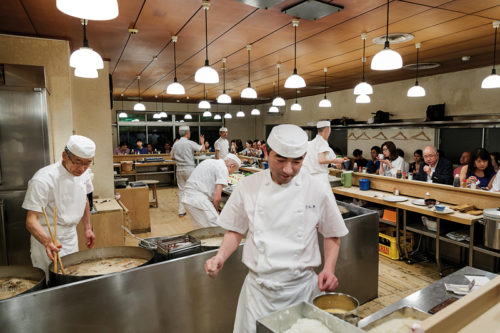
This restaurant, situated in the heart of Meguro, is considered to be one of the best. You have to hand it to the Japanese: When […]
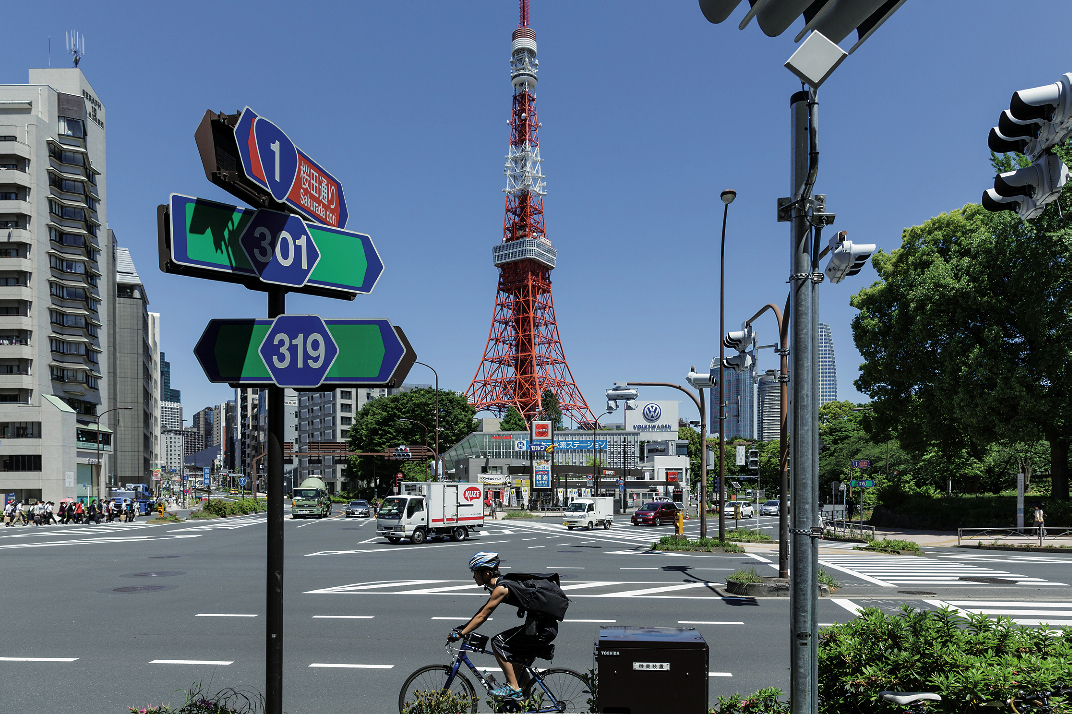
Though public transport in the capital city is very efficient, nothing beats riding around it by bicycle. Tokyo’s Roppongi district on a Saturday morning is […]

43 days travelling from the north to the south of Japan. An amazing journey undertaken by a group of friends. over the years accounts of […]

Contrary to appearances bicycles are ubiquitous in Japan. But there is more to be done. The word “Japan” conjures up many different images: from kimono-clad […]
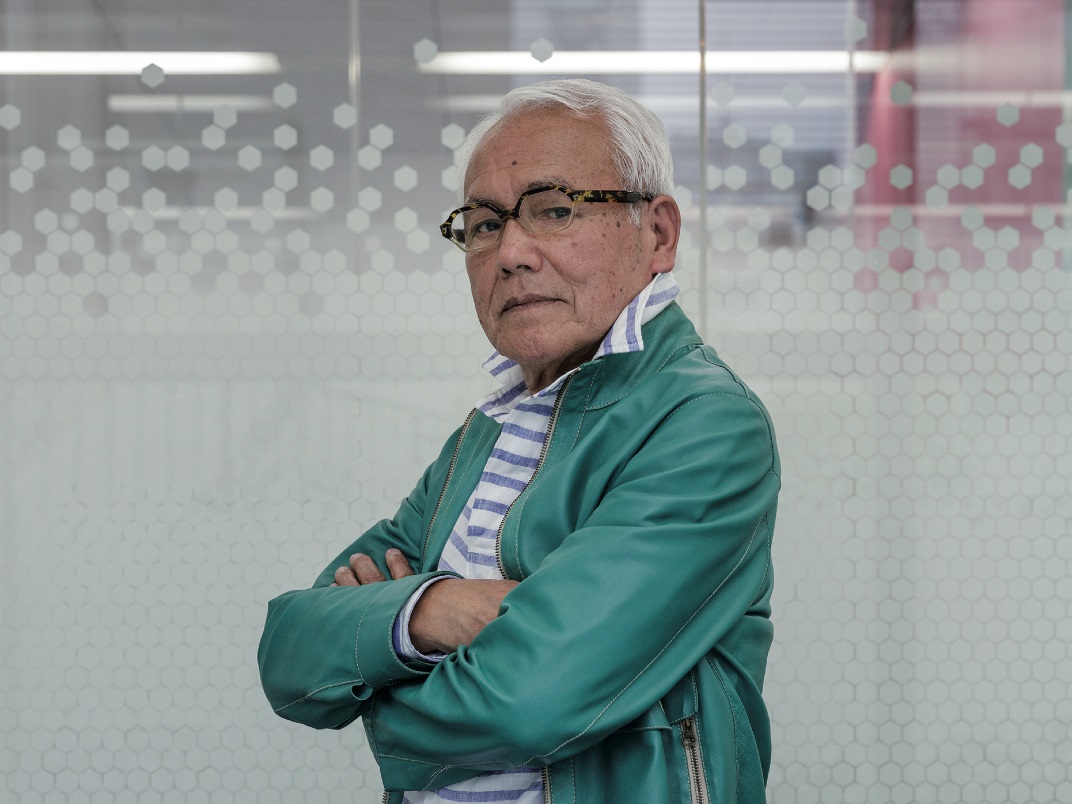
after playing the key character in Ultraman’s first series, kurobe Susumu still remains very popular 50 years later. Since the beginning of the Ultraman saga […]
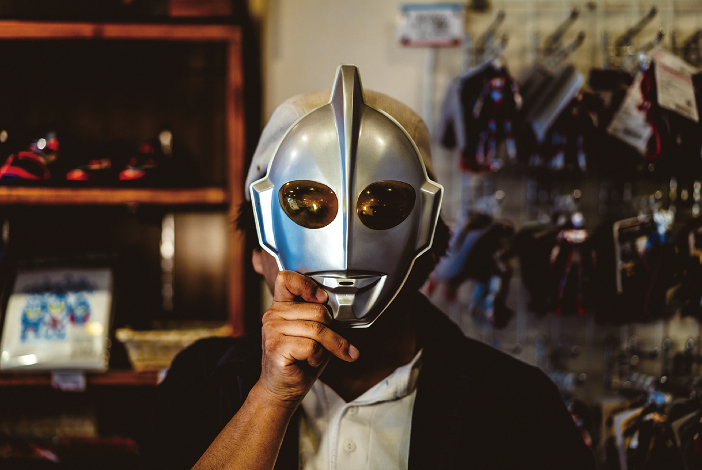
Since the character was first shown in 1966, the various Ultraman series have enjoyed a unprecedented level of popularity in Japan. The good folk who […]
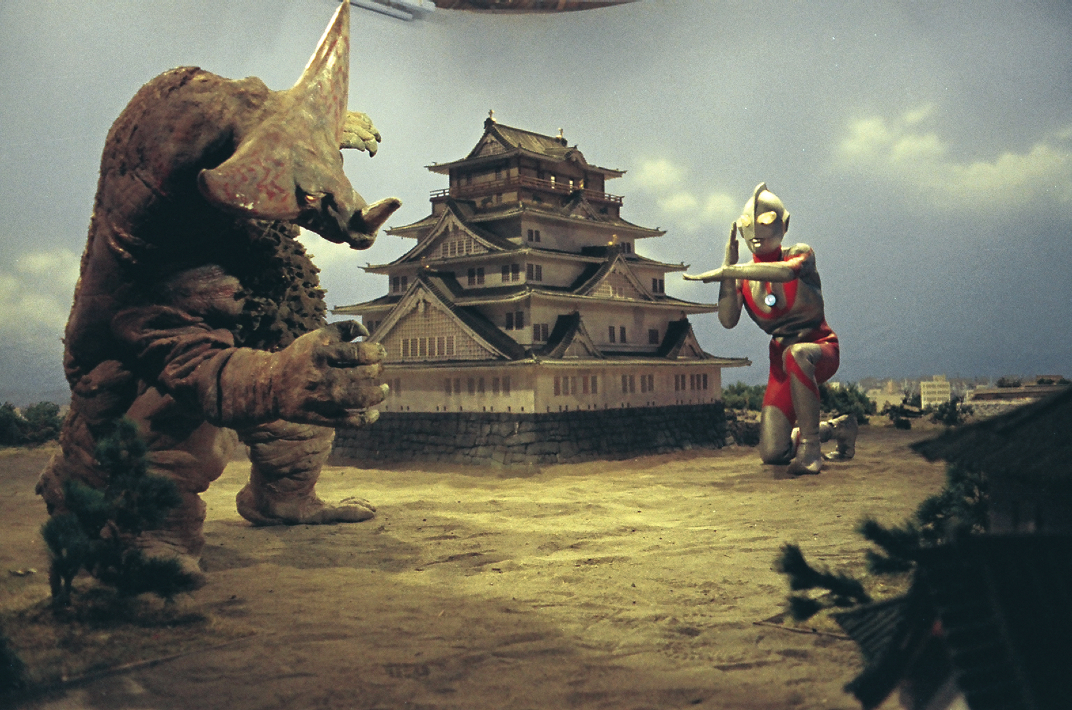
Ultraman, a hero created by Tsuburaya Productions, inspires nostalgic memories in Japan. At a time when Hollywood superheroes are increasingly invading our screens, to the […]
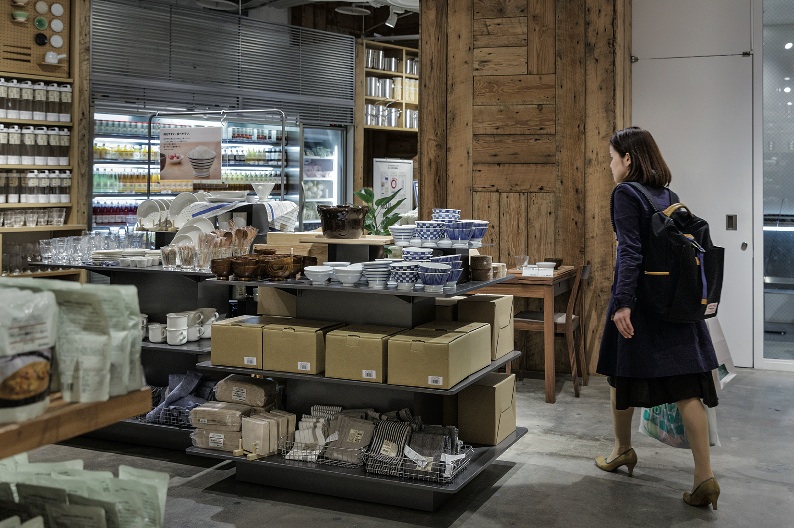
The incredible success of Muji, both in Japan and abroad, expresses a desire to return to basics. Since the end of the Second World War, […]
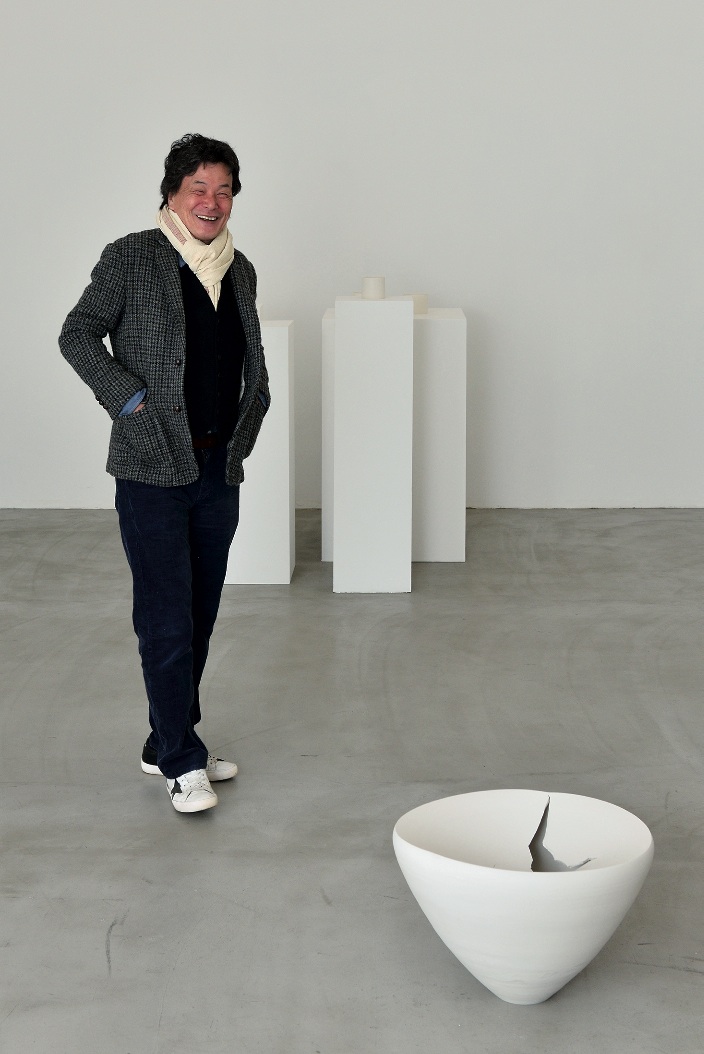
The celebrated potter Kuroda Taizo has travelled far in his search for simplicity. Todai moto kurashi (lit. it’s dark at the base of the lighthouse, […]

Japanese products are well-known for their quality and beauty. We found out how it all began. The “Zakka – Goods and Things” exhibition currently taking […]
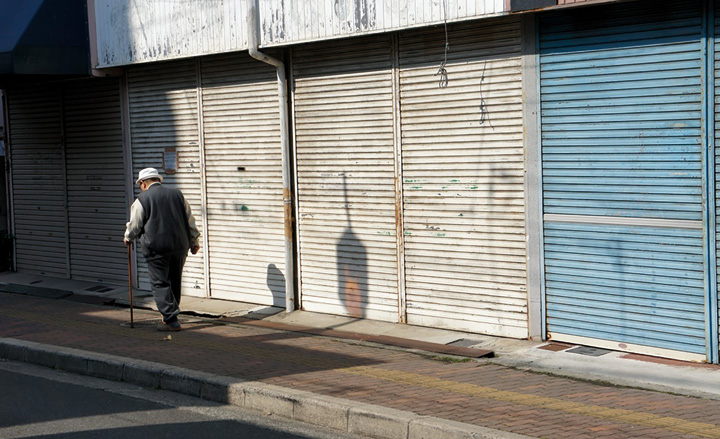
Though there are numerous indications that the situation in the Japan’s provincial regions is worsening, there are still signs of resistance. When travelling through the […]
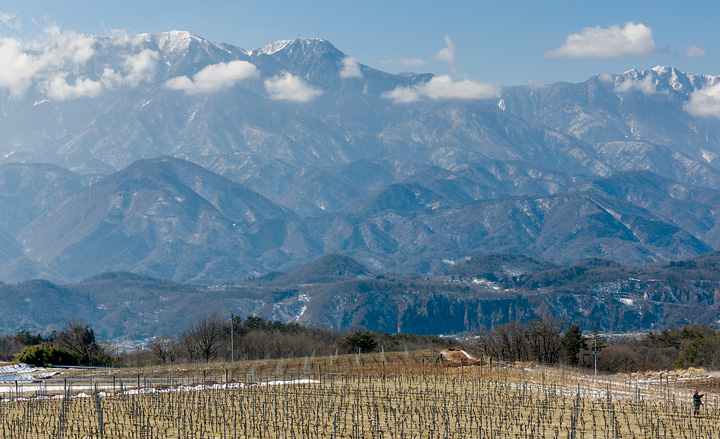
In a region deep in crisis, winemaking has proved to be the best way to escape the current rural decline. I wanted to prove that […]
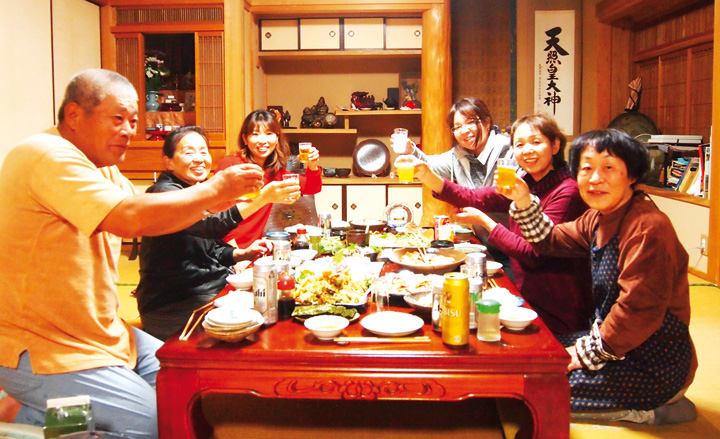
In the face of an expected shortage of tourist accommodation in the regions, there’s a growing interest in renting out rooms in private homes. The […]
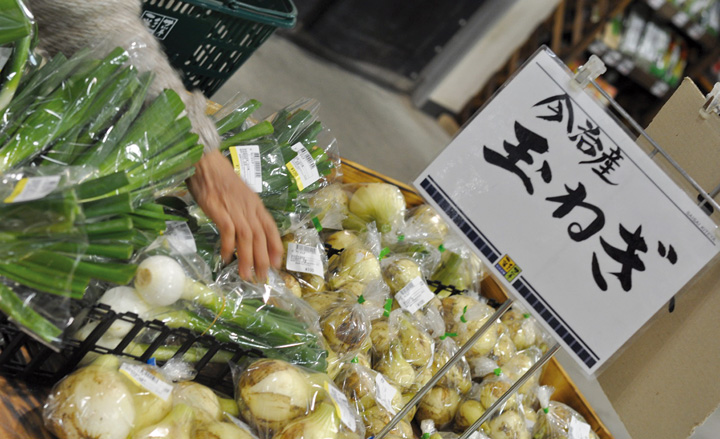
This town’s farmers have found a winning recipe in their search to promote local growth and supply good quality food. These days everybody seems […]
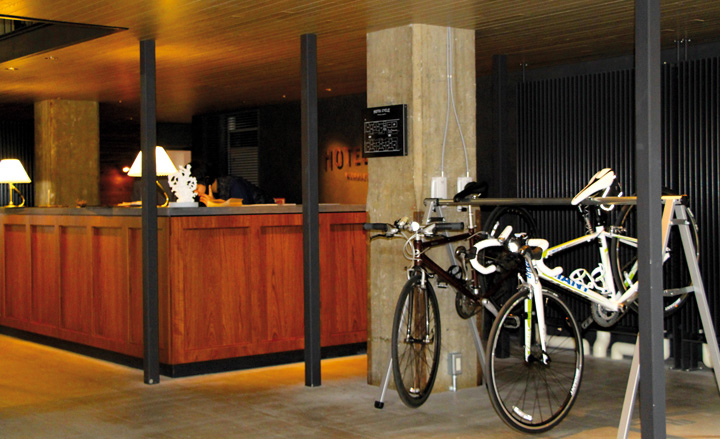
A victim of population decline, this port city has been rejuvenated through innovative ideas to present its heritage. Last September the town of Onomichi, in […]
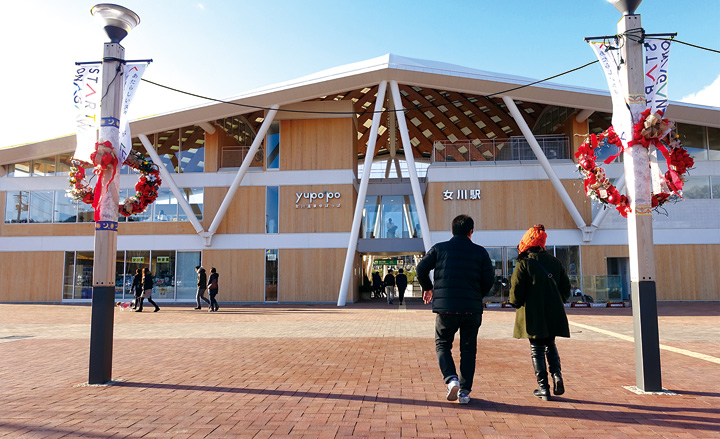
This port city is being rebuilt five years after the ravages caused by the tsunami, thanks to the commitment of the local inhabitants. On the […]
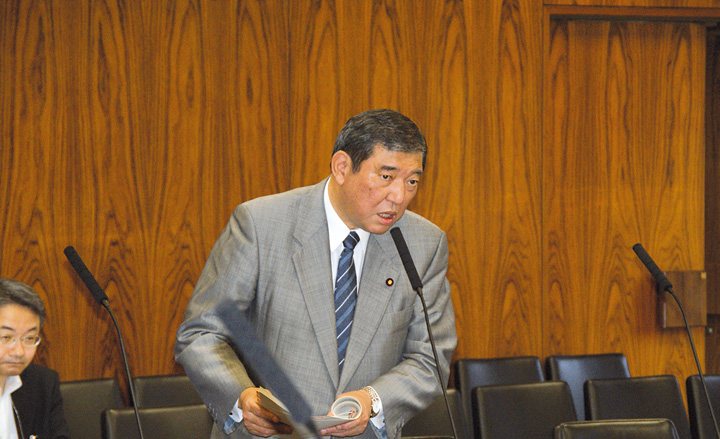
For years the Japanese government has sought to revitalize the country’s regions, but their methods are outdated. At the end of 2014 the Abe administration […]
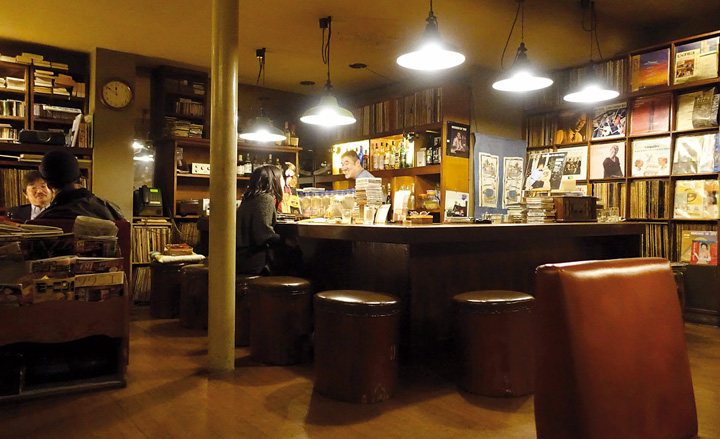
The owner of a certain Jazz bar in Fukuoka entices his customers in with a selection of the best black American jazz artists. In the […]
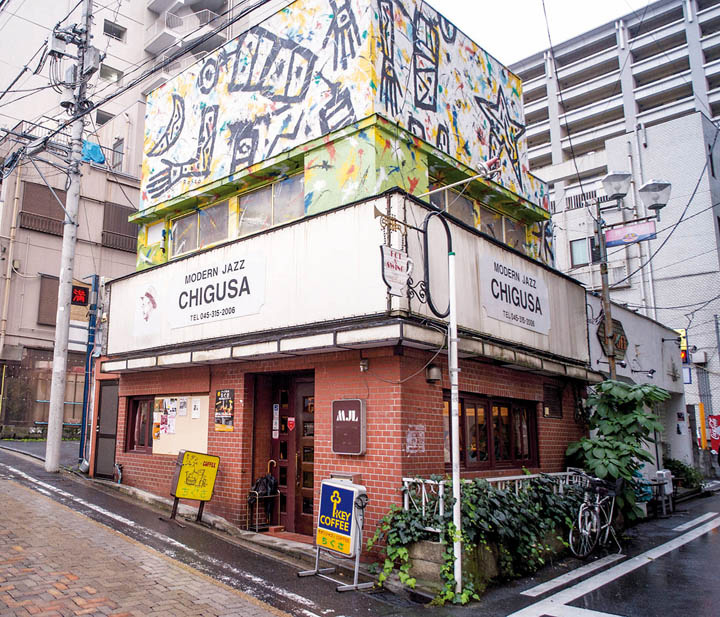
To experience the Japanese enthusiasm for jazz, one only needs to pay a short visit to Chigusa jazz cafe. If you find yourself in […]
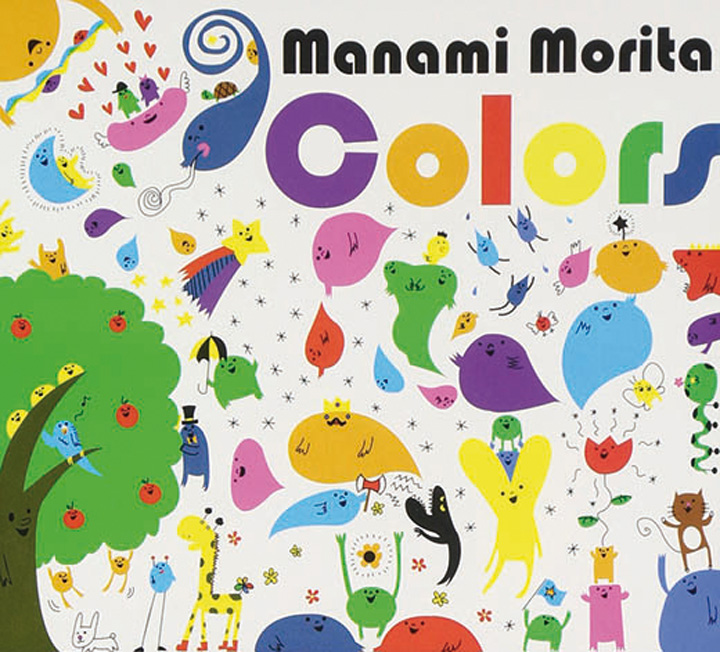
Of course, jazz is not just a man’s world, so here is an overview of the most renowned Japanese women involved in the genre. When […]
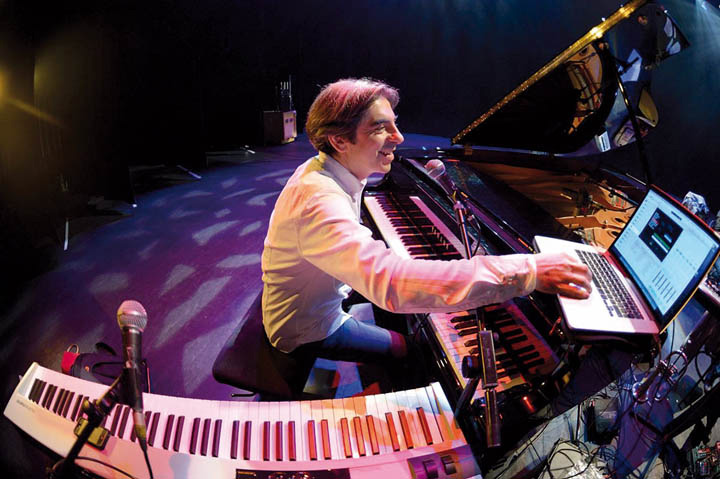
This French jazzman found not only inspiration in the archipelago, but also the desire to share his musical knowledge. For over 28 years, Dominique Fillon, […]
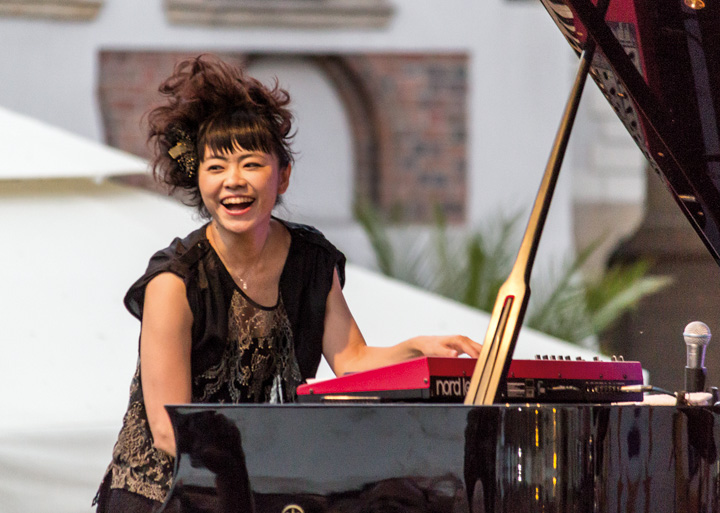
Jazz music remains a vibrant symbol of freedom in the Land of the Rising Sun, where it is still greatly appreciated. One of the clichés […]
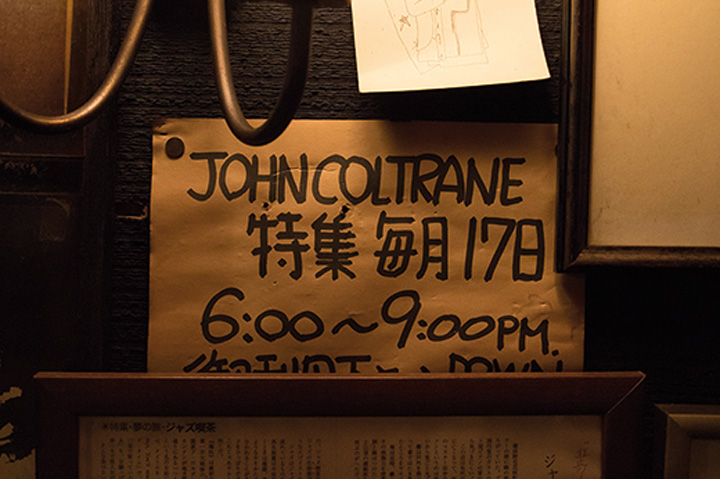
This Japanese city port is famous for its jazz music. Here are some tried and tested venues. The Sakuragicho district on the Yokohama waterfront […]
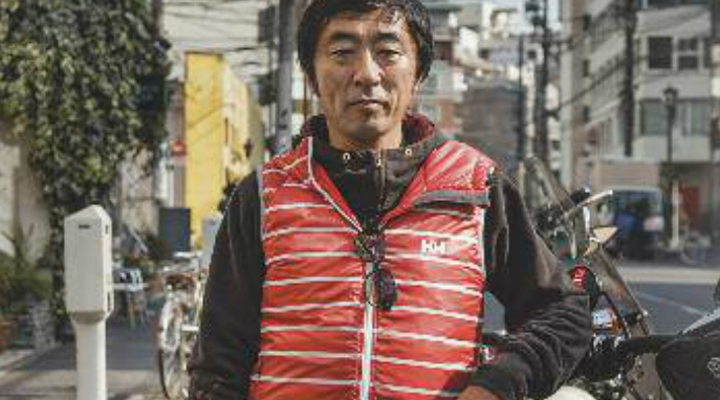
Whether you like it or not, motorbikes are synonymous with Japan, if only because of the pivotal importance of Japanese motorbike manufacturers. Honda, Suzuki, Kawasaki […]
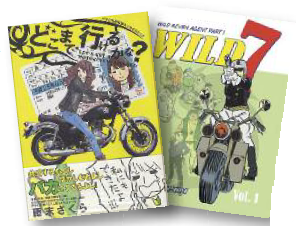
Since the 1960s, motorcycles have played a considerable role in the world of manga as any manga. Fan knows, Japanese comics are famous for covering […]
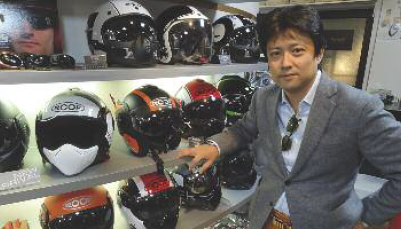
Biker culture is changing in Japan. It needs to adapt to an ageing population. For many people around the world, Japanese motorbikes are still synonymous […]
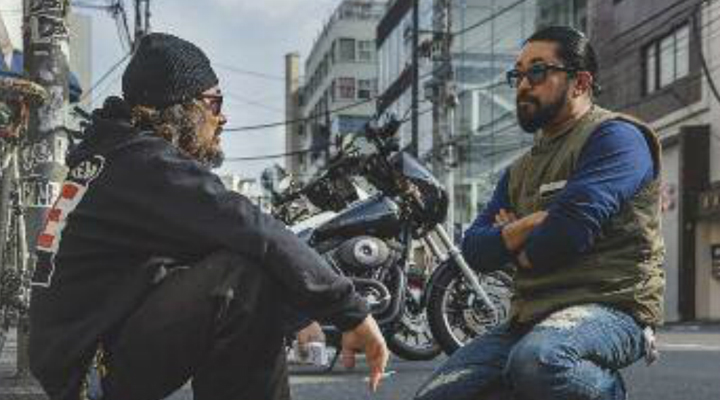
God Speed You! Black Emperor by Yanagimachi Mitsuo is an unusual film that bears witness to a bygone era. Since the end of World War […]
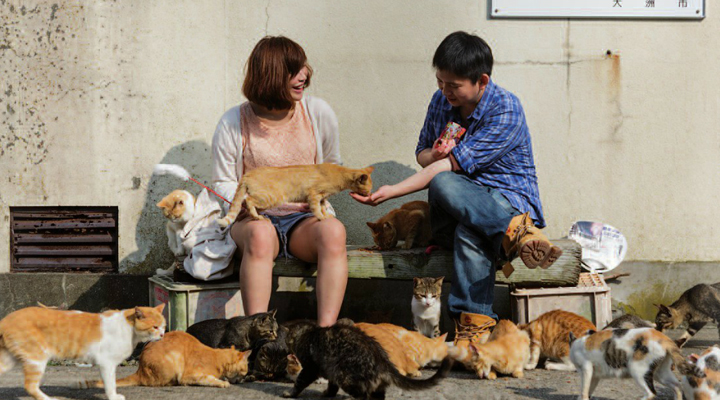
To attract more tourists, the local council has invited Lala the cat to help visitors discover the town from a new angle. The small port […]

A little island lost in the middle of the Inland Sea has become a tourist attraction for cat lovers, but the locals aren’t happy… As […]

Not everyone is allowed to keep pets, but the Japanese have found a way around the problem. An acute sense of alienation and isolation is […]
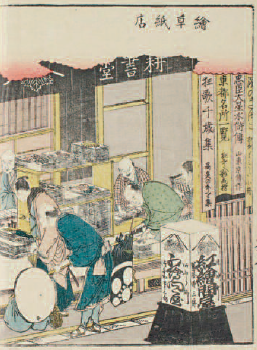
Tokyo Metropolitan Library Hokusai’s talent would not have gained such great recognition without the help of the publishing houses. One cannot talk about artists such […]
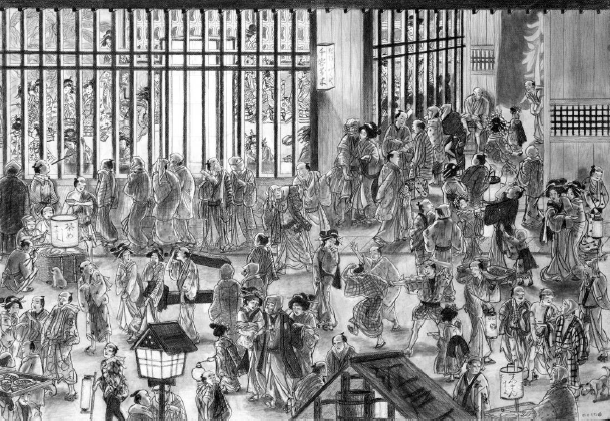
©Hinako Sugiura・mS.hS ©Masaya Suzuki Thanks to her talent and her wide knowledge of Edo culture, this mangaka’s work has become a point of reference. Born […]
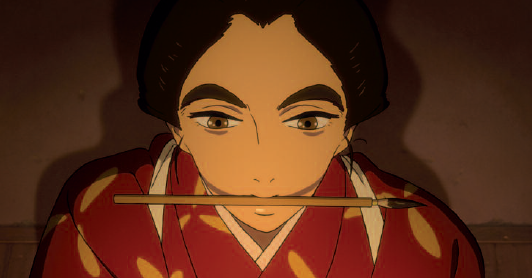
© 2014-2015 hinako Sugiura – mS.hS / Sarusuberi film partners The work of O-Ei, the main character in Miss Hokusai, remains little known. We investigated […]

Since it first appeared on the market in the 1950s, this appliance has become a musthave for all those who love eating rice. Hong Kong […]
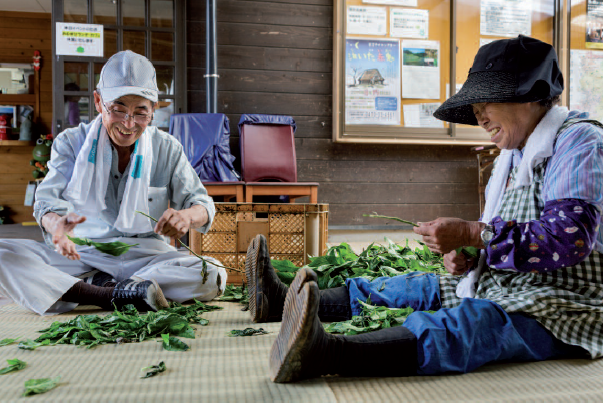
In Kamagawa, southeast of Tokyo, one organization is preserving the increasingly rare terraced rice fields, with no help from grants or subsidies. For those who […]
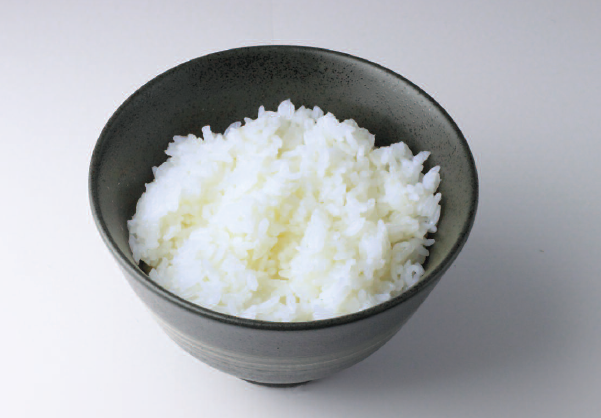
For several years now, the consumption of this millennia old food has been decreasing across the Japanese archipelago. Can we even begin to imagine Japanese […]
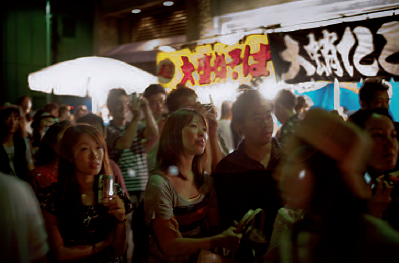
The combination of an ageing population and a rural exodus is threatening the existence of matsuri in the provinces. As summer approaches Iwai Toshio gets […]
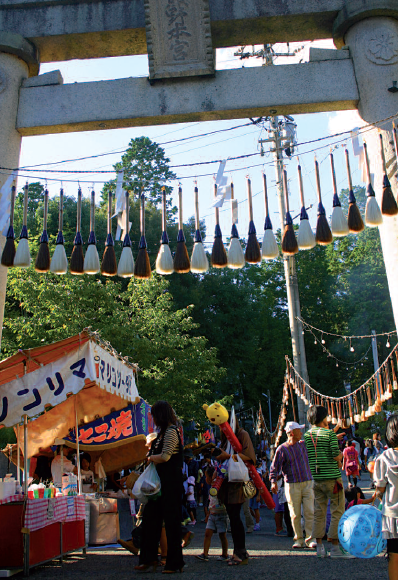
The spirit of the paintbrush is celebrated annually just twenty kilometres from Hiroshima. In the soft morning drizzle a dozen men and women line up […]
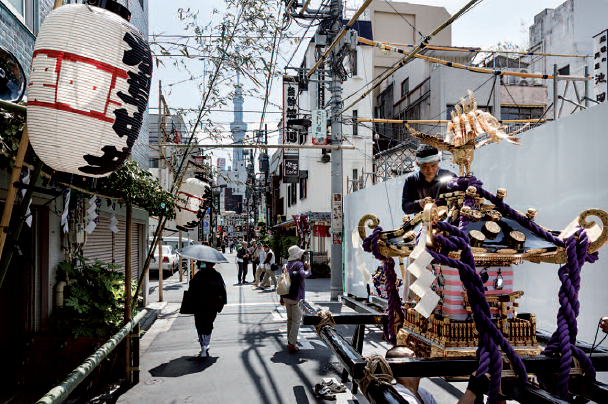
The matsuri is a communal event which unites all Japanese, whatever their origin. In his office in the heart of the old Asakusa district Watanabe […]
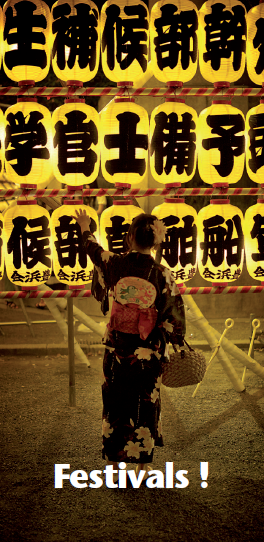
Whatever the season or the region there is always a traditional festival to go to. Here is a short guided tour. You can’t imagine visiting […]
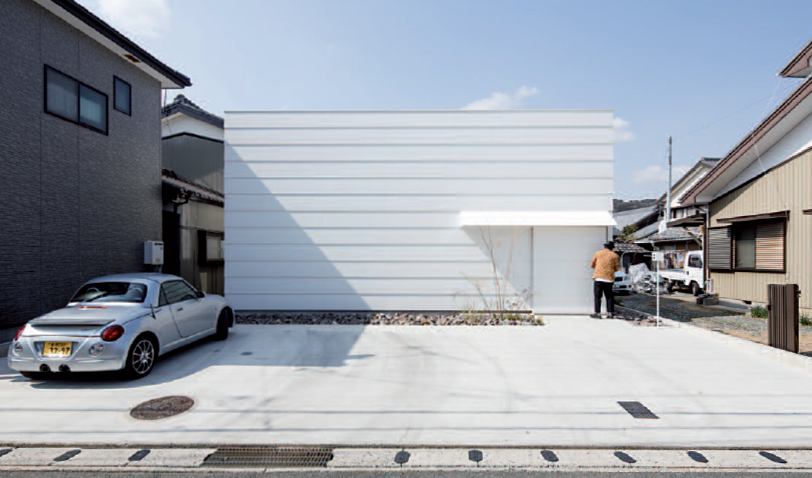
The reinterpretation of tradition is fundamentally important to the work of Atushi and Mayumi Kawamoto. Atsushi and Mayumi Kawamoto – the husband-and-wife partners who founded […]
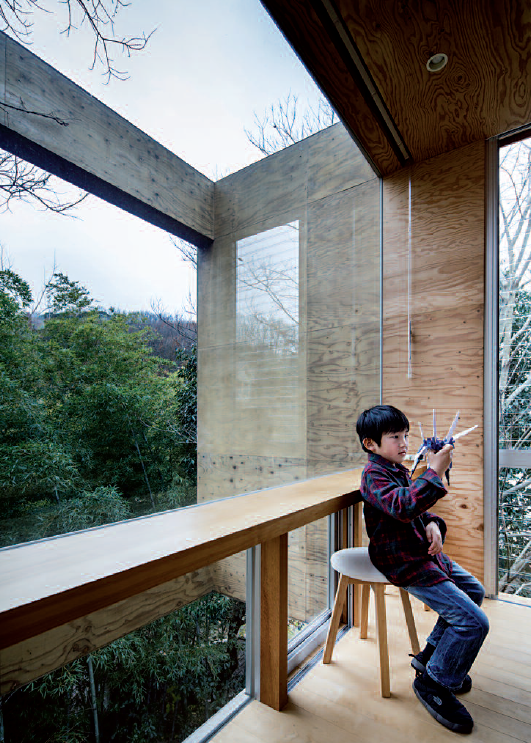
Maeda Keisuke champions the ideal of architecture working in harmony with the surrounding landscape. UID (an acronym for Universal Innovative Design) was founded by architect […]
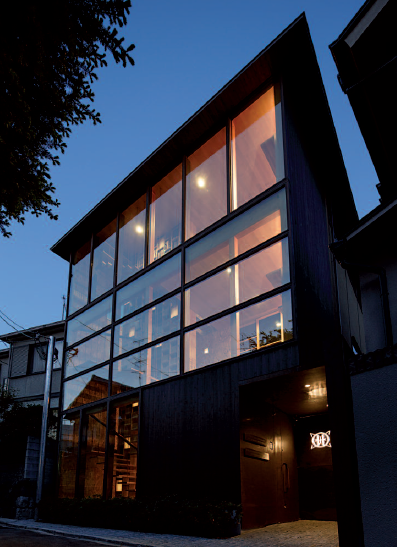
Manuel Tardits has lived in the archipelago for many years, and shares his fulfilling experiences as an architect there with us. “Does the imagination grow […]
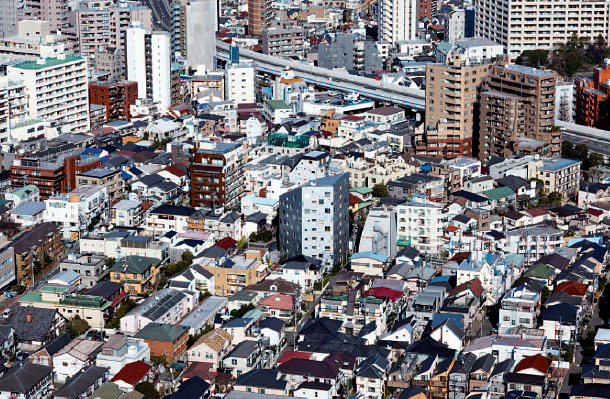
Japanese houses are not just works of art to be stared at in confusion on the pages of coffee-table books. What kind of images come […]
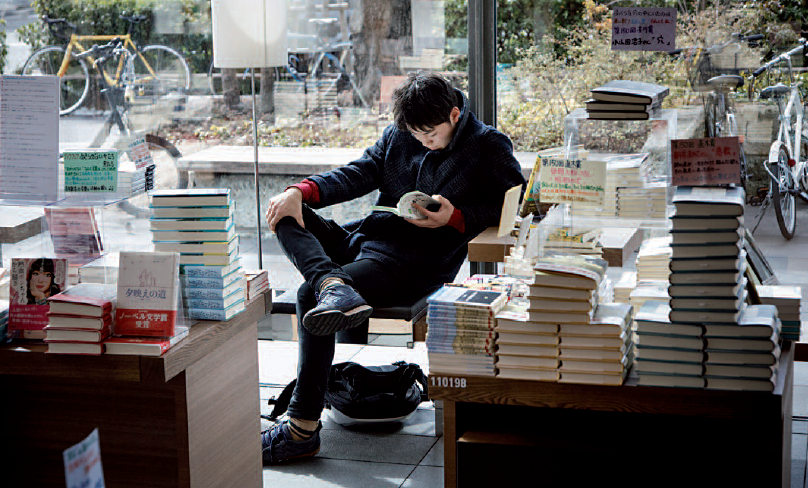
To celebrate our thirty-first issue, we would like to invite you on a journey of discovery into 31 books related to Japan. There are many […]
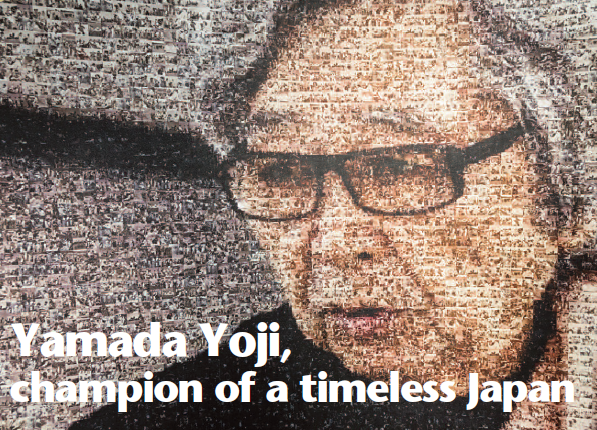
Immensely famous film director in Japan, but little known abroad, here is Yamada Yoji. When I was young I thought that Ozu’s movies were boring,” […]
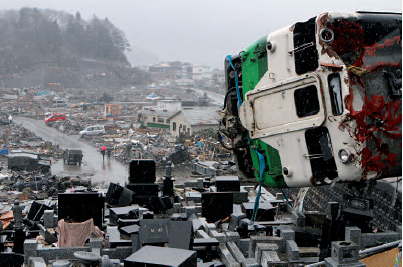
Four years after the tsunami that destroyed everything, including the railway, getting the service going again has been greeted with great enthusiasm locally. It took […]

Many wounds inflicted by the disaster remain unhealed. They need to be treated before people can move on. It was raining in the city of […]
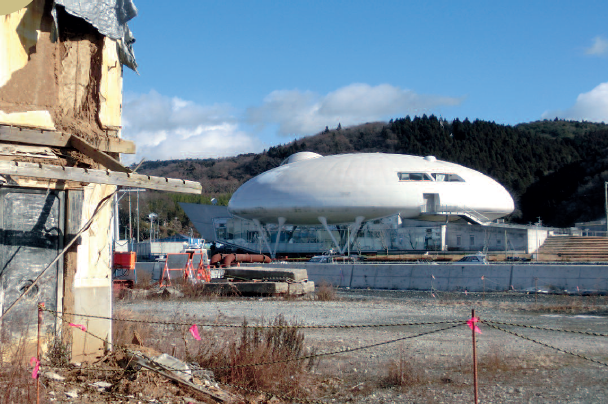
Four years have passed since the earthquake on the 11th of March 2011, and the city is starting to get back into shape once again. […]
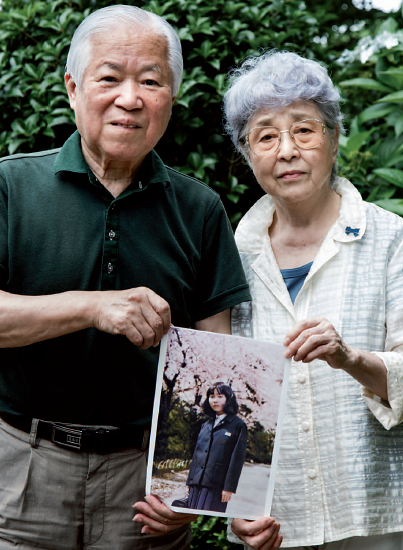
Abducted in November 1977, aged 13, her parents have been fighting for 37 years to bring her back to Japan. In a small living room […]
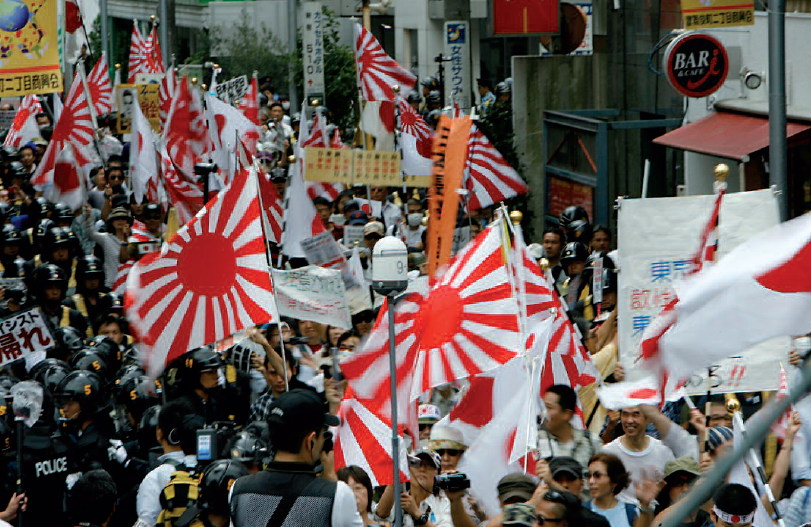
Relations between Japan and North Korea are complex, and the situation weighs increasingly heavily on Japanese society. On the 13th of January, TV news programmes […]
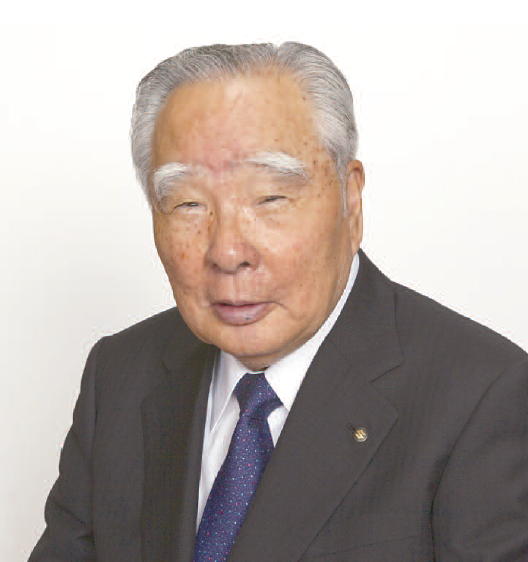
Hardly known outside Japan, Suzuki Osamu has still succeeded in exporting his brand around the world. The motor industry has always been dominated by larger-than-life […]
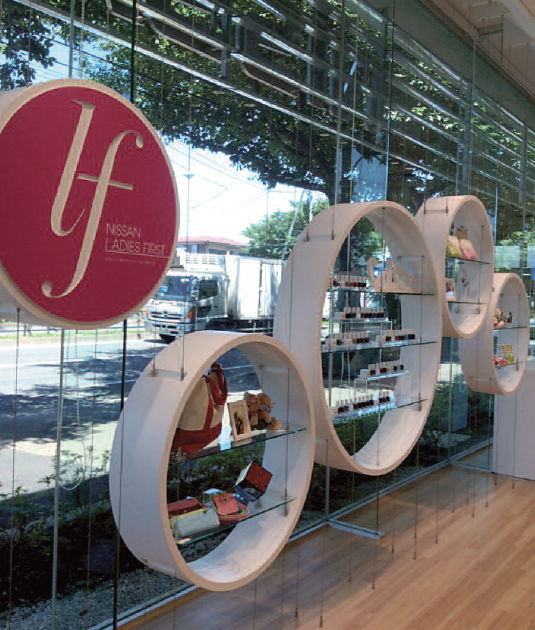
Aware of the importance of attracting female customers, Nissan has put together a new concept called Ladies First. Cars and engines are usually thought to […]
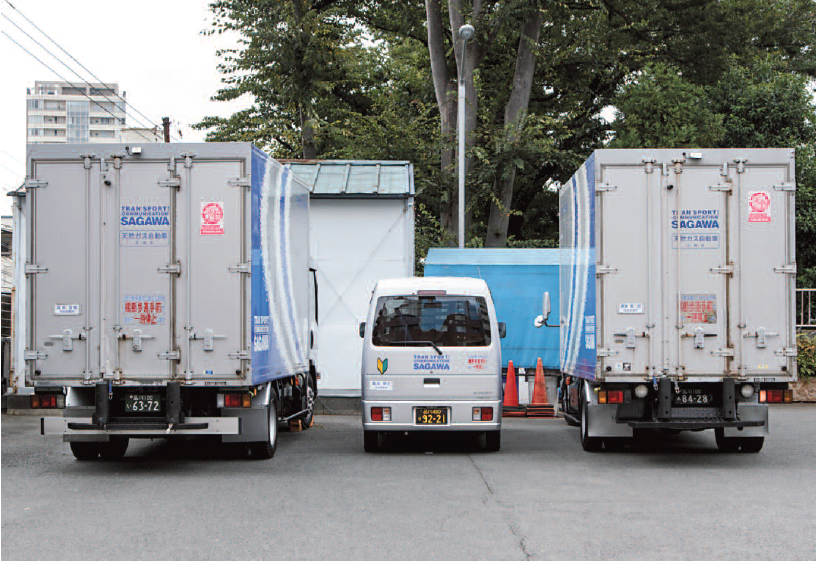
Keijidosha are all the rage, now making up 30% of all car sales throughout the nation. In most countries, car licence plates give useful information […]

The head of the Tokyo Rinkai Disaster Prevention Park reminds us of a few common sense rules. According to the Japanese government, the chances of […]

Vulnerable to the whims of nature, Japanese people learn to prepare for the worst through fun and games. Living in Japan is like sitting on […]
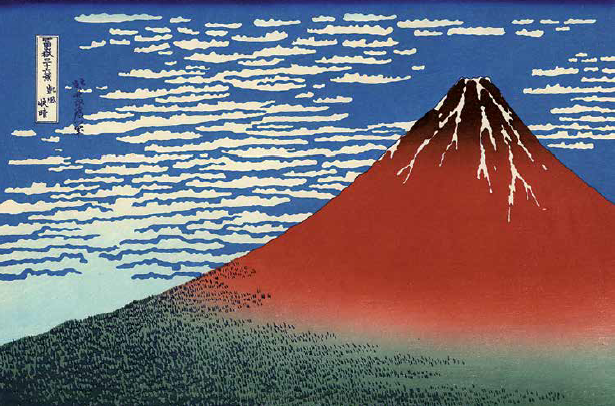
Despite the danger they sometimes present, these mountains of fire still have a powerful attraction for the Japanese. On the 27th of September, a few […]

A kappa, as imagined by Katsumata Susumu, an extract from issue 67 of Garo, October 1969. collection Claude Leblanc Yomota Inuhiko was a long standing contributor […]
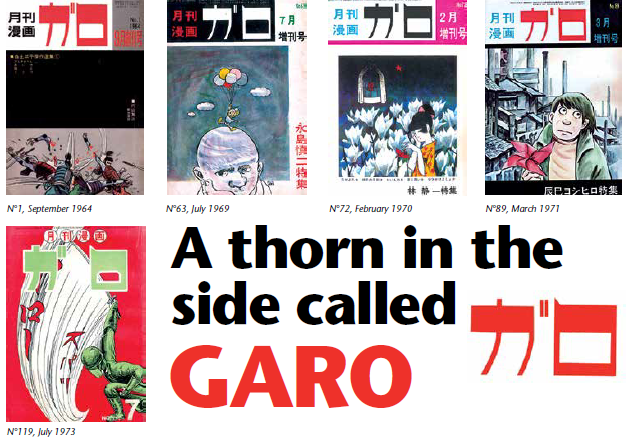
First published just fifty years ago, this magazine has not only had an impact on the world of manga, but also on Japanese society as […]
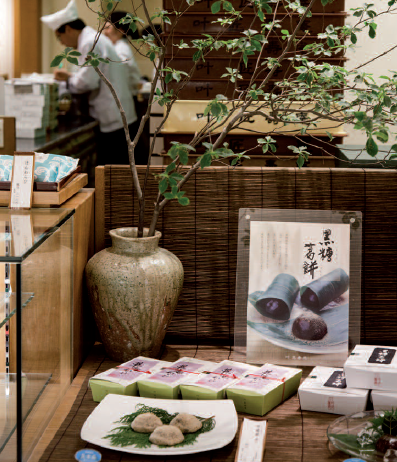
When you next travel to the Japanese capital, don’t forget to visit these magical places. here are some we recommend. Tokyo is the depachika capital […]
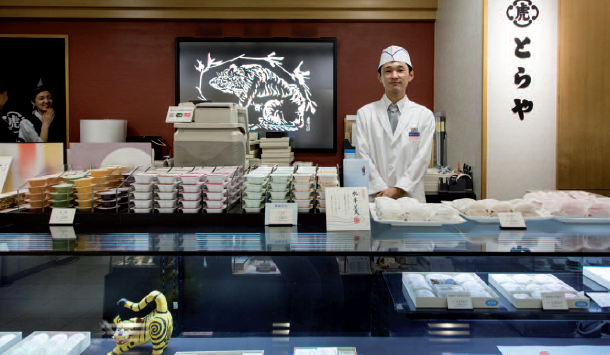
Set off on an adventure to discover one of Japan’s best-kept secrets: the basements of large department stores. According to some foreign visitors, Japan’s so […]
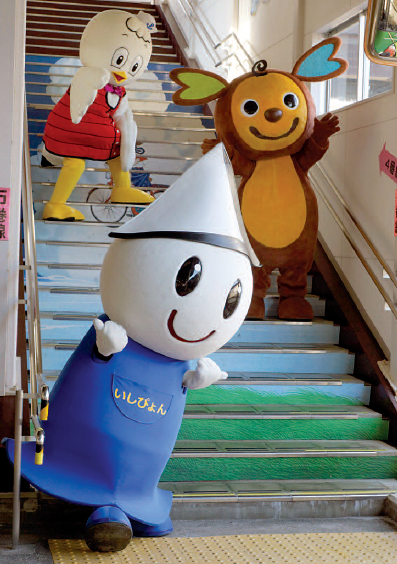
In Ishinomaki, in the region ravaged by 2011’s tsunami, mascots are a source of comfort. They have been the height of fashion lately, and one […]
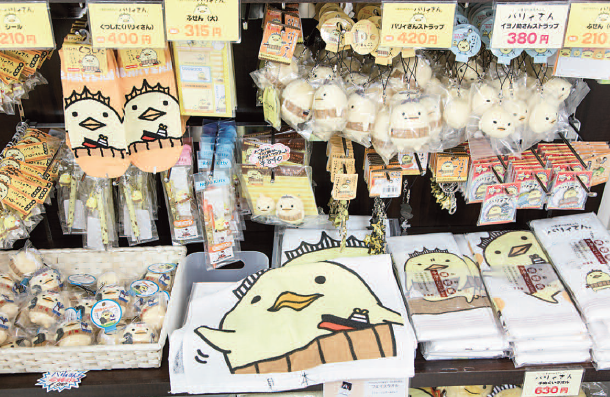
After becoming Japan’s favourite little characters, the rest of the world is now falling for this army of cheerful town mascots. You simply cannot miss […]
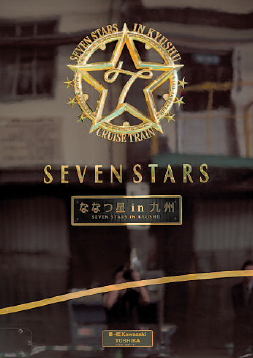
Since last October, you can discover Kyushu Island while on board an exceptional train designed by Mitooka Eiji. For the last ten years, the island […]
Copyright © 2024 | WordPress Theme by MH Themes